Semerwirt, heute Musikschule
Marienplatz, 86956 Schongau, Germany(710 m über NN)
Audio commentary on station 3, Semerwirt, today music school
I hope you are dressed decently and your shoes are clean because you are now standing in front of the classiest bar in town. Well, in reality you are now standing in front of the municipal music school, but in the executioner Kuisl‘s time the inn "Zum Goldenen Stern" was located here, which was owned by the Semer family for a long time. You can also see how powerful this host family was by the fact that in some of my novels a certain Karl Semer is the first mayor of Schongau. The Gothic town house was built in 1515 and served temporarily as the town hall at the beginning of the 20th century. Staircase, some door scaffolding, the valuable stucco and the preserved house chapel date back to the 17th and 18th centuries.
The executioner‘s meal was by no means water and dry bread. In a chronicle I found the menu sequence of an Augsburg executioner‘s meal from the 18th century. It dragged on for three days. To list the menu in full would go beyond the scope here - and I don‘t want to make your mouth water unnecessarily. Let me just say that there was coffee with lard, veal butter pie, baked fish, roast chicken and capons. And of course lots of alcohol. Before the execution, the innkeeper served an extra liter of wine, and not the worst!
Why the ritual of the executioner‘s meal exists is still not entirely clear. In the olden days, people probably wanted to placate those sentenced to death so that they would not return from the dead as a hungry spirit of revenge. Imagine such a poor gallows bird who never had more life than barley porridge and groats - and then this! Just whether the delinquents really always ate with a god-blessed appetite so shortly before going to the scaffold? At least the alcohol served its purpose: the convicts did not notice much of their execution.
Rich and well-known guests stayed at the Stern at the time, including the French writer Michel de Montaigne, who mentioned the inn in his travel diary in the 16th century. In my novel "The Hangman‘s Daughter and the Curse of the Plague" it is someone of princely blood who moves into a few rooms there. We will not meet Magdalena here. She‘s just looking for her father, who hangs around in the seedy taverns behind the Ballenhaus, for example in the Glocke. Jakob Kuisl likes to drink too much here. Because even an executioner needs a beer sometimes. However, the executioner had his own jug and also his very special place. Before entering the tavern, he had to ask permission. But who says no when the executioner asks them to do something?
Parkplätze vorhanden
Essen in der Nähe
"Essen in der Nähe" überspringenca. 0,1 km entfernt
}Herr Lose - Unverpacktladen
geschlossen
| Montag | 09:00 - 18:00 |
| Dienstag | 09:00 - 18:00 |
| Mittwoch | 09:00 - 18:00 |
| Donnerstag | 09:00 - 18:00 |
| Freitag | 09:00 - 18:00 |
| Samstag | 09:00 - 13:30 |
| Sonntag | geschlossen |
Marienplatz 16, 86956 Schongau, Germany
Wie wäre es mit einer Tasse Kaffee, einem Espresso, Cappuccino oder Latte Macchiato? In unserem gemütlichen Café wollen wir Ihnen den besten Kaffee in der Schongauer Altstadt bieten!

ca. 0,1 km entfernt
}Lagerhaus
Karmeliterstr. 5, 86956 Schongau, Germany
Restaurant, mit Cafe und Bar. Seit dem Umbau kann das Lagerhasu auch mit einem Kinobesuch der besonderen Art aufwarten.
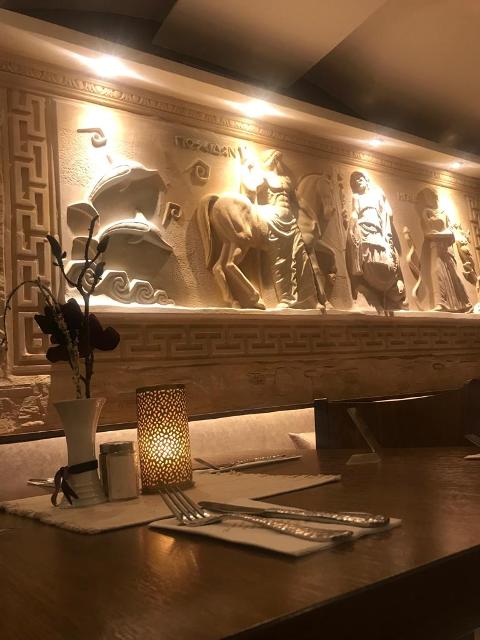
ca. 0,2 km entfernt
}ca. 2,1 km entfernt
}Schreinercafé
Friedhofweg 9, 86972 Altenstadt, Germany
Wer im Schreinercafé sitzt, genießt von der Frau des Schreinermeisters Richard Kögl täglich frisch gebackenen Kuchen , frisch gebrühten Kaffee wie er schon einst von Oma zubereitet wurde, und einen unverstellten Blick auf die romanische Basilika unweit des Cafés
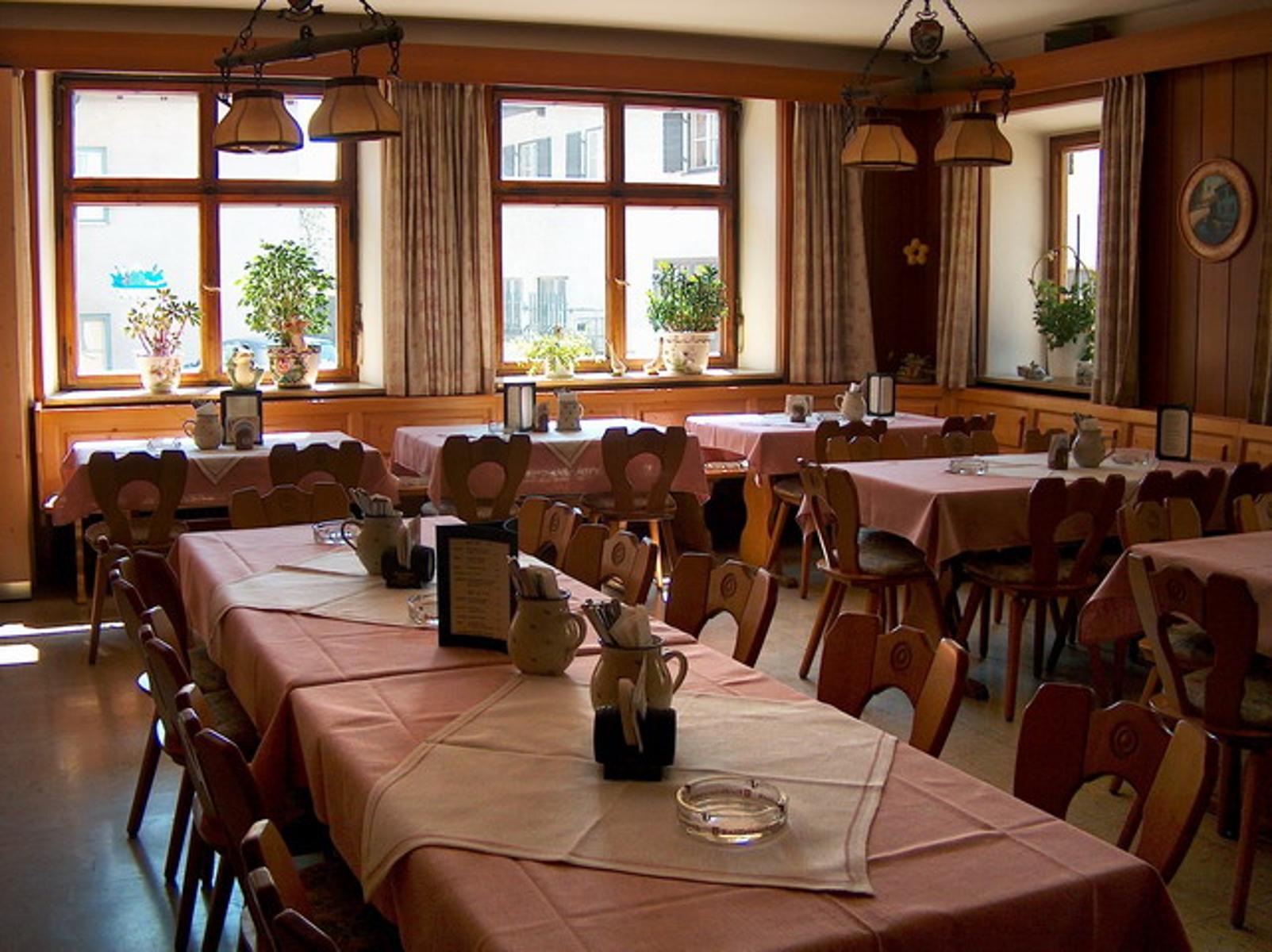
ca. 2,4 km entfernt
}Gasthof Zum Buchberger
geschlossen
| Montag | 17:00 - 21:00 |
| Dienstag | geschlossen |
| Mittwoch | geschlossen |
| Donnerstag | 17:00 - 21:00 |
| Freitag | 11:30 - 21:00 |
| Samstag | 11:30 - 21:00 |
| Sonntag | 11:30 - 21:00 |
Füssener Straße 2, 86971 Peiting, Germany
Unser traditionsreicher Gasthof im Ortskern von Peiting befindet sich seit über 100 Jahren in Familienbesitz.
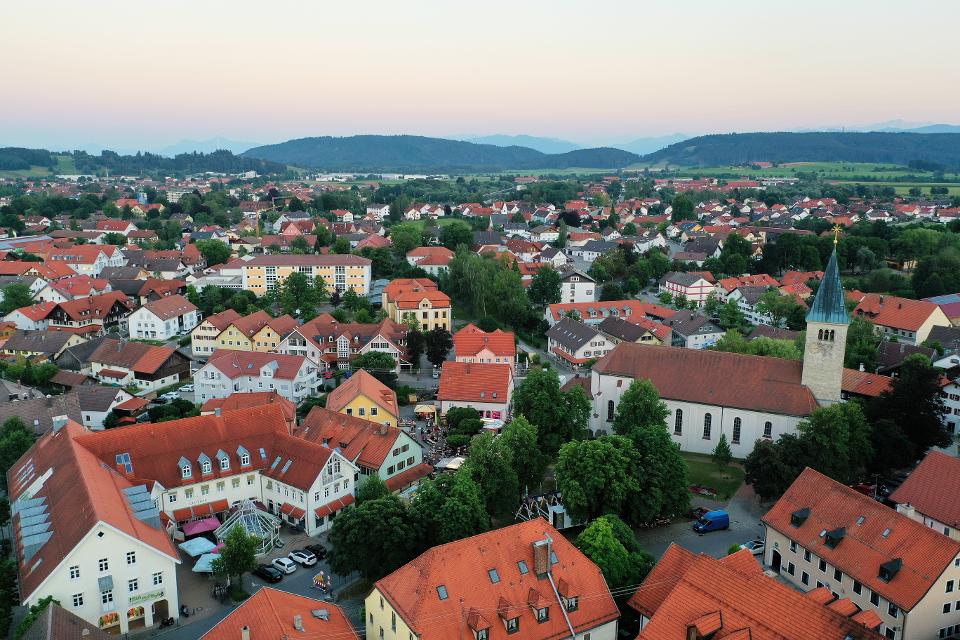
ca. 2,5 km entfernt
}Central Café Bistro Bar
geschlossen
| Montag | geschlossen |
| Dienstag | 10:00 - 23:30 |
| Mittwoch | 10:00 - 23:30 |
| Donnerstag | 10:00 - 23:30 |
| Freitag | 10:00 - 23:30 |
| Samstag | 10:00 - 23:30 |
| Sonntag | 10:00 - 23:30 |
Hauptplatz 5, 86971 Peiting, Germany
Im Central Café, im Herzen von Peiting, trifft sich Jung und Alt mit Freunden und Bekannten zum Frühstücken, Essen, Kaffeetrinken mit einem hausgemachten Stück Kuchen oder abends auf einen Drink. Kleine Speisenkarte.
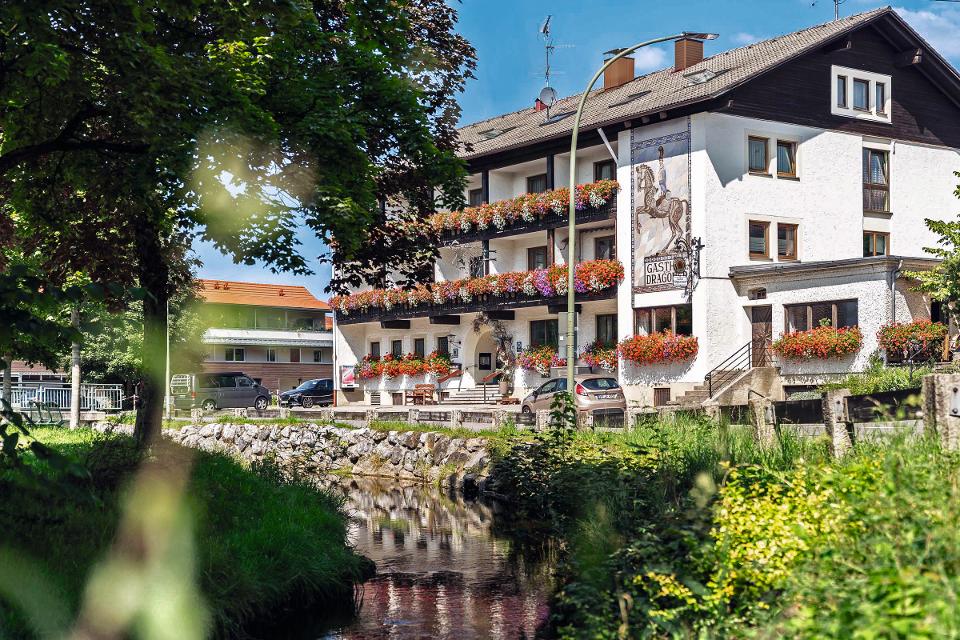
ca. 2,7 km entfernt
}Hotel-Restaurant „Zum Dragoner“ OHG
Ammergauer Str. 11 + 16, 86971 Peiting, Deutschland
Der Familienbetrieb, der nunmehr in der 4. Generation geführt wird, umfasst Haupthaus und direkt gegenüber das Gästehaus (altes Haus). Die Zimmer sind im ländlichen, bayerischen Stil eingerichtet, teils mit Balkon. Sat- TV mit über 80 Programmen und kostenfreies Wlan sind in al- len Zimmern...
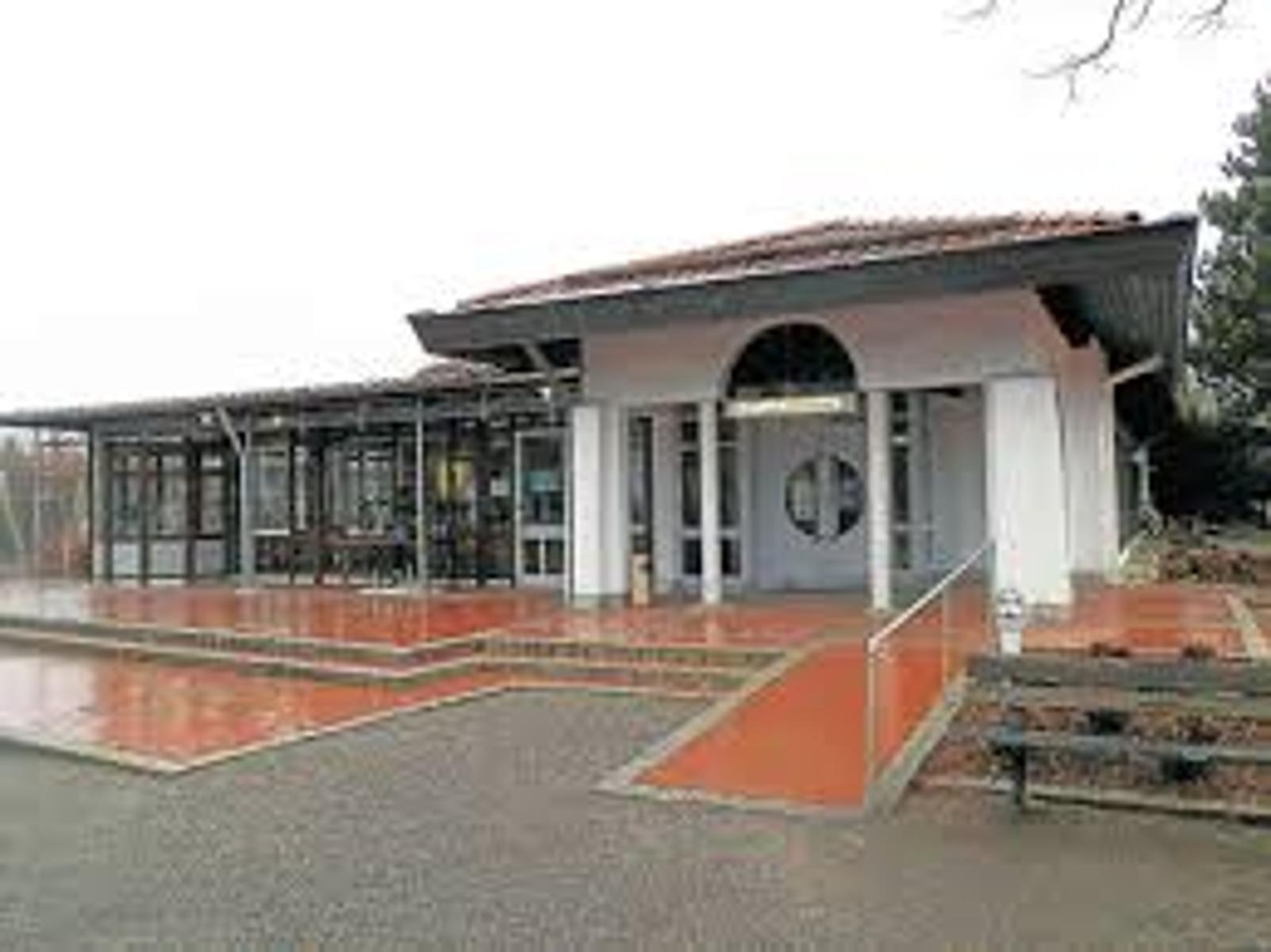
ca. 3,2 km entfernt
}Herzog Cafe und Wirtshaus in Herzogsägmühle
geschlossen
| Montag | 10:00 - 16:00 |
| Dienstag | 10:00 - 16:00 |
| Mittwoch | 10:00 - 16:00 |
| Donnerstag | 10:00 - 16:00 |
| Freitag | geschlossen |
| Samstag | geschlossen |
| Sonntag | 09:00 - 17:00 |
Dorfplatz 8, 86971 Peiting-Herzogsägmühle, Germany
Das Café Herzog ist das öffentliche Café und Wirtshaus in Herzogsägmühle, mit Spielplatz, Minigolf und zwei Kegelbahnen. Unsere Speisekarte ist klein, aber fein. Wo immer möglich, verarbeiten wir regionale und nachhaltig erzeugte Produkte – selbstverständlich auch aus Herzogsägmühler Betrieben wie der Metzgerei, der Bäckerei sowie der Gärtnerei.Ebenso stellen wir viele Produkte hausgemacht her – wir haben Freude daran und hoffen, Sie mit unseren Speisen ein wenig verwöhnen zu können.Wir bieten Frühstück, Mittagessen und am Nachmittag können Sie sich auf erfrischende Eisbecher sowie hausgemachten Kuchen freuen. Unser barrierefreies Restaurant wurde mehrfach für seinen kinder- und familienfreundlichen Service ausgezeichnet.
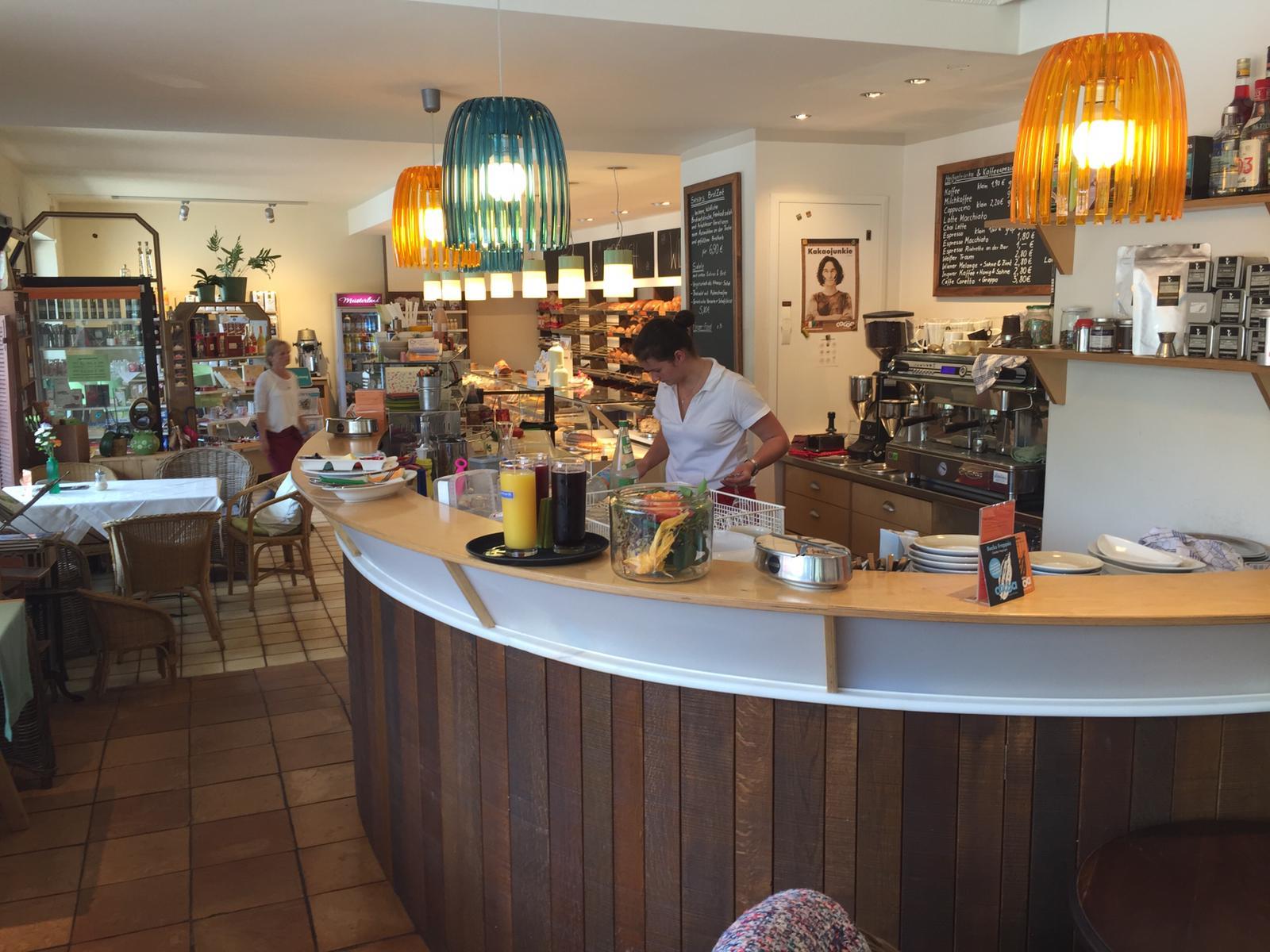
ca. 3,3 km entfernt
}Bäckerei & Café Sesar
geschlossen
| Montag | 06:00 - 18:00 |
| Dienstag | 06:00 - 18:00 |
| Mittwoch | geschlossen |
| Donnerstag | 06:00 - 18:00 |
| Freitag | 06:00 - 18:00 |
| Samstag | 06:00 - 12:00 |
| Sonntag | 07:45 - 10:45 |
Bahnhofstraße 21, 86971 Peiting, Germany
Handwerklich-traditionelle Backkunst aus Peiting.
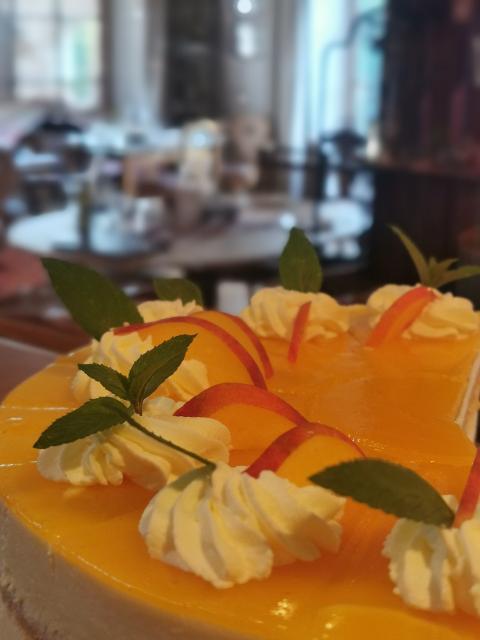
ca. 4,3 km entfernt
}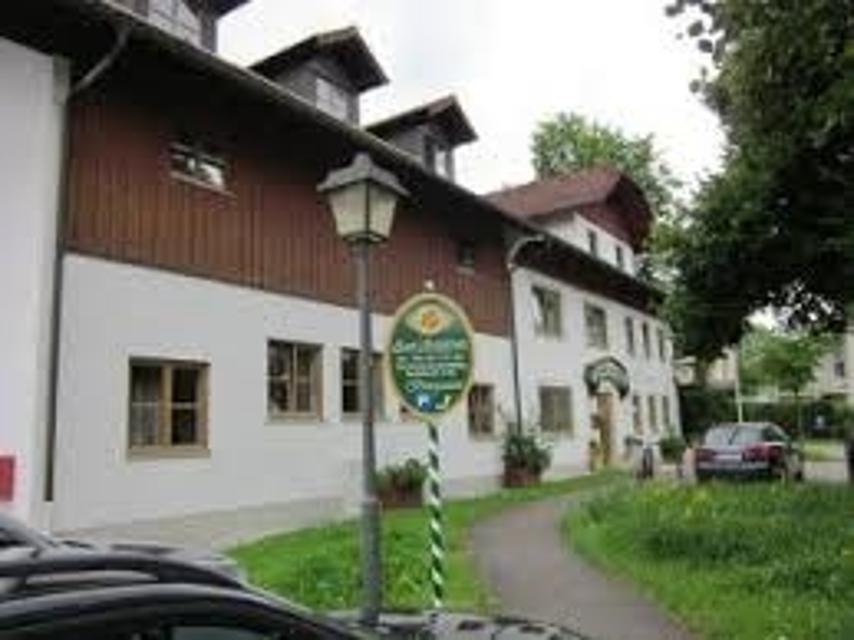
ca. 4,9 km entfernt
}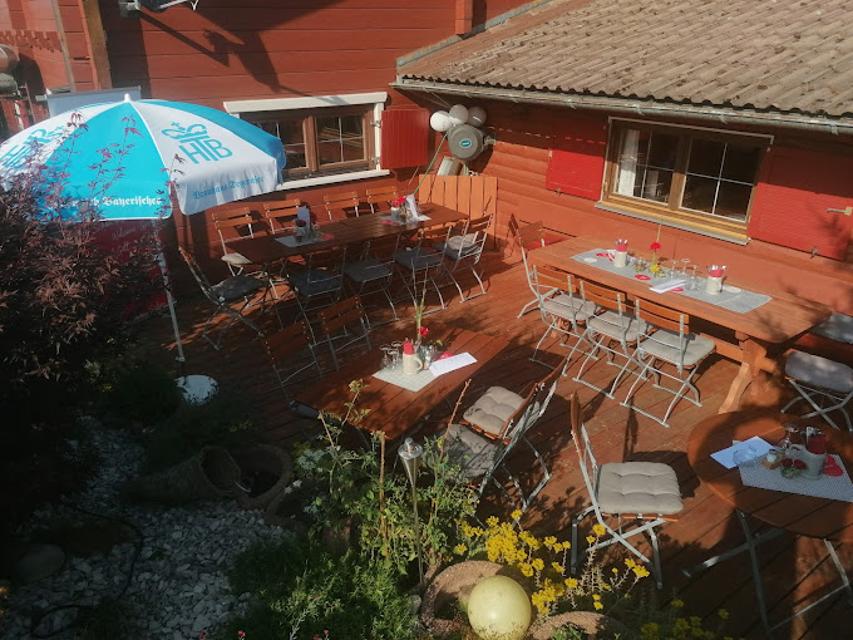
ca. 5,9 km entfernt
}Olli´s Schnaidbergstuben
geschlossen
| Montag | geschlossen |
| Dienstag | geschlossen |
| Mittwoch | 17:30 - 23:00 |
| Donnerstag | 17:30 - 23:00 |
| Freitag | 17:30 - 23:00 |
| Samstag | 11:30 - 23:00 |
| Sonntag | 11:30 - 21:30 |
Ramsau 9, 86971 Peiting, Germany
Kleine Gaststätte mit Biergarten und Terrasse. Direkt am Radweg in Richtung Rottenbuch gelegen. Abwechslungsreiche und kreative kleine Speisekarte.
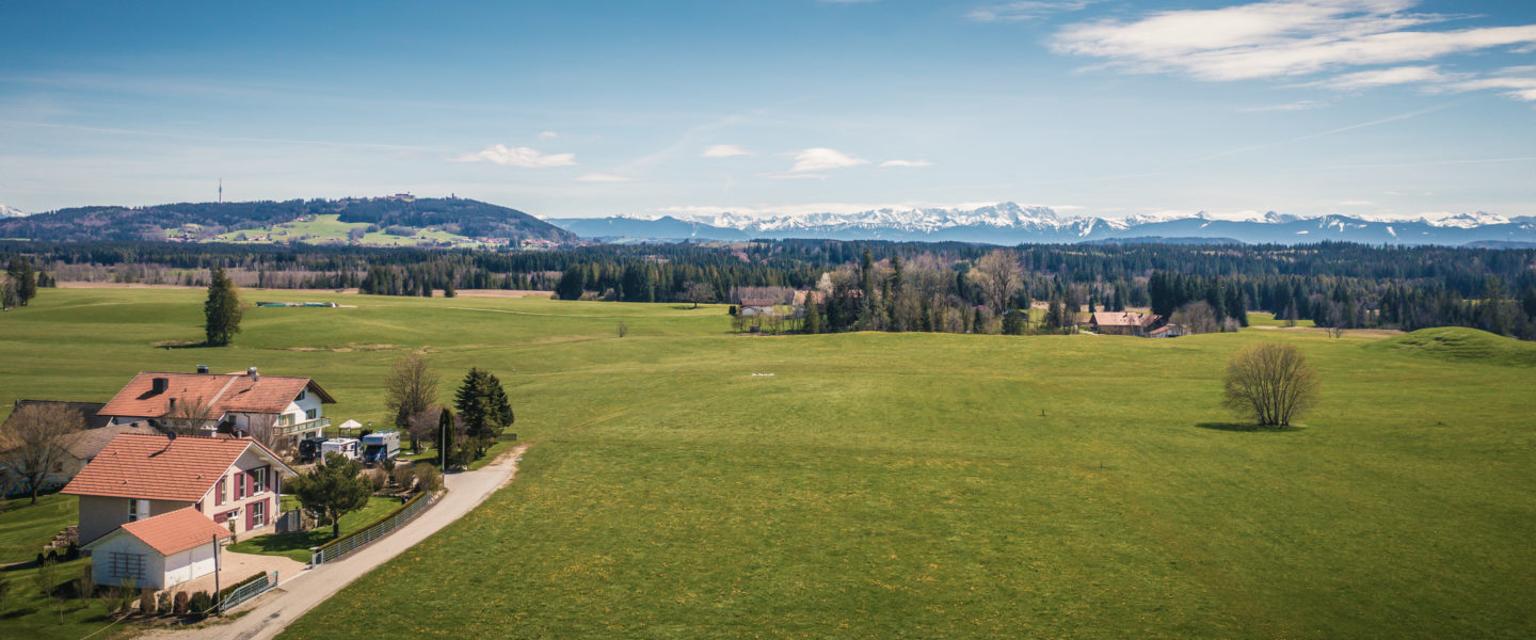
ca. 7,4 km entfernt
}Restaurant Zauberhütte
geschlossen
| Montag | geschlossen |
| Dienstag | geschlossen |
| Mittwoch | geschlossen |
| Donnerstag | 17:00 - 22:00 |
| Freitag | 17:00 - 22:00 |
| Samstag | 11:30 - 22:00 |
| Sonntag | 11:30 - 22:00 |
Mößle 2, 86971 Peiting, Germany
Idyllisch und ruhig gelegen inmitten von Wiesen mit traumhaften Ausblick auf das Alpenpanorama.
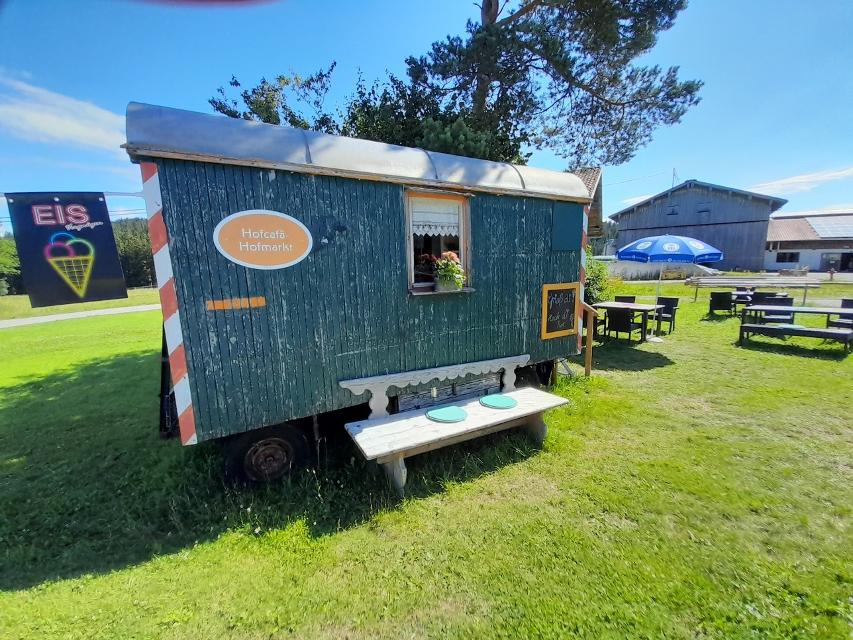
ca. 7,9 km entfernt
}Hofcafä Burggen
geschlossen
| Montag | 07:00 - 20:00 |
| Dienstag | 07:00 - 20:00 |
| Mittwoch | 07:00 - 20:00 |
| Donnerstag | 07:00 - 20:00 |
| Freitag | 07:00 - 20:00 |
| Samstag | 07:00 - 20:00 |
| Sonntag | 07:00 - 20:00 |
Ziegler 2, 86977 Burggen, Germany
Das ist ja cool! Das ist meist die erste Reaktion von Radlern und Wanderern, die „zufällig“ amHofcafä vorbeikommen. Da steht ein Bauwagen mit herrlich einladenden Tischen und Sonnenschirmenam Hof. Und im Bauwagen? Selbstbedienung. Und zwar nur vom Feinsten!
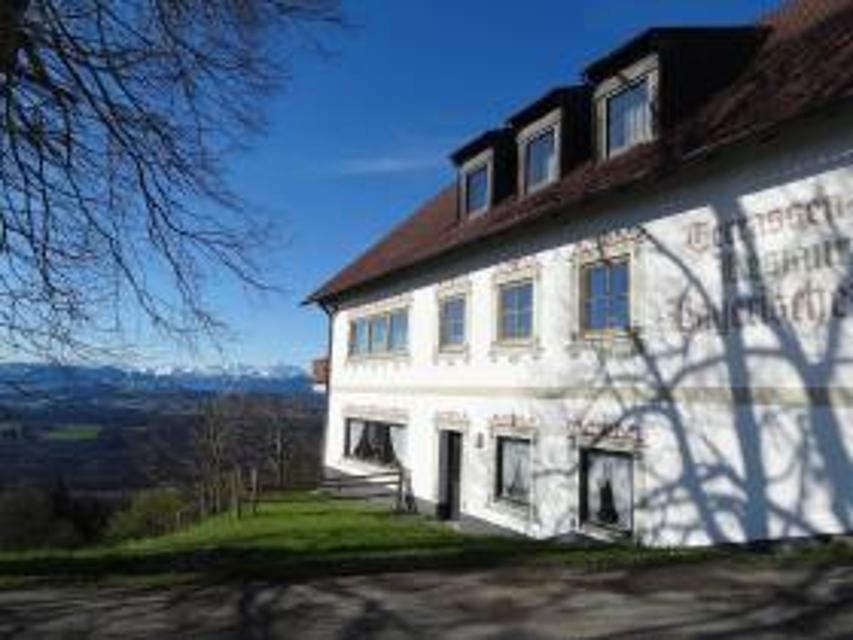
ca. 8,8 km entfernt
}Gaststätte Bayerischer Rigi
M. Günther-Pl. 2, 82383 Hohenpeißenberg, Germany
Schweinshaxe, Jägerbraten und Staffelseezander im zünftigen Wirtshaus mit Panoramaterrasse auf 1000 m Höhe.
Unterkünfte in der Nähe
"Unterkünfte in der Nähe" überspringen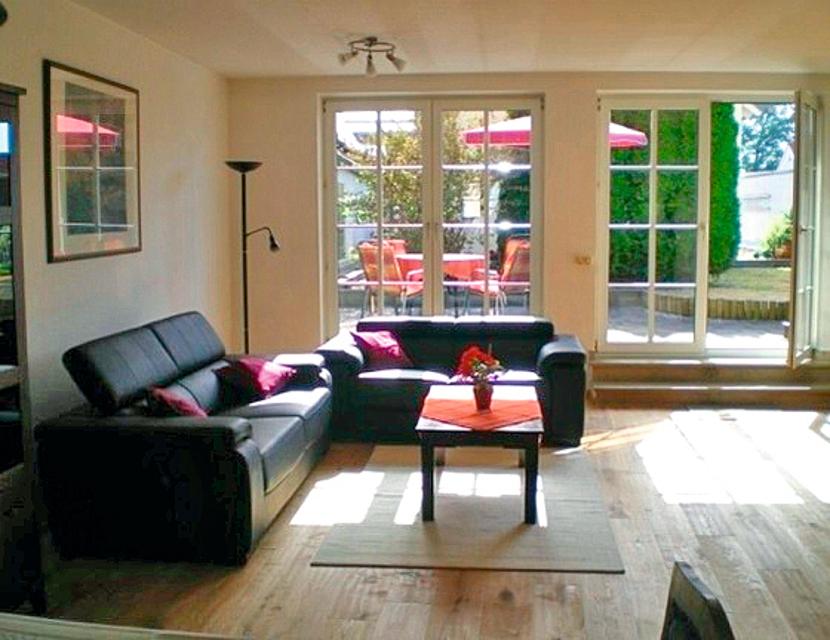
ca. 0,0 km entfernt
}Ferienwohnung Zentrum-Schongau
Marienplatz 11, 86956 Schongau, Deutschland
Vom 2. Stock der großzügigen Ferienwohnung genießen Sie einen wunderbaren Blick über den Marienplatz.
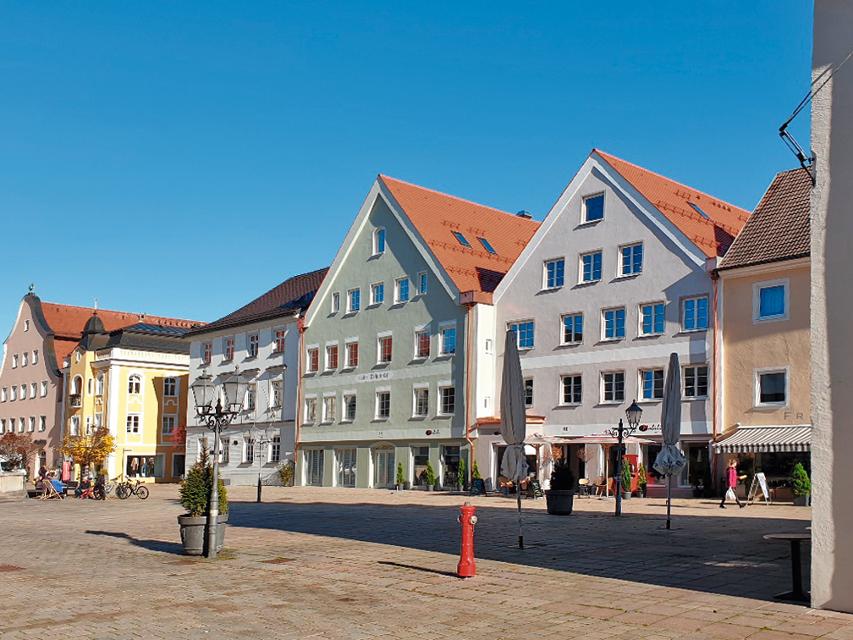
ca. 0,1 km entfernt
}Ferienwohnung „beim Schrimpf“
Marienplatz 10-12, 86956 Schongau, Deutschland
In den Schrimpf-Häusern wurde bereits im 19. Jahrhundert das königliche Forstamt geführt. Ludwig Thoma verfasste 1837 seine Lausbubengeschichten in diesen Häusern. Die daraus entstandene exklusive und charmante Maisonette-Wohnung „beim Schrimpf“ ist eine tolle Mischung aus Denkmal und moderne...
FȚȚȚȚ
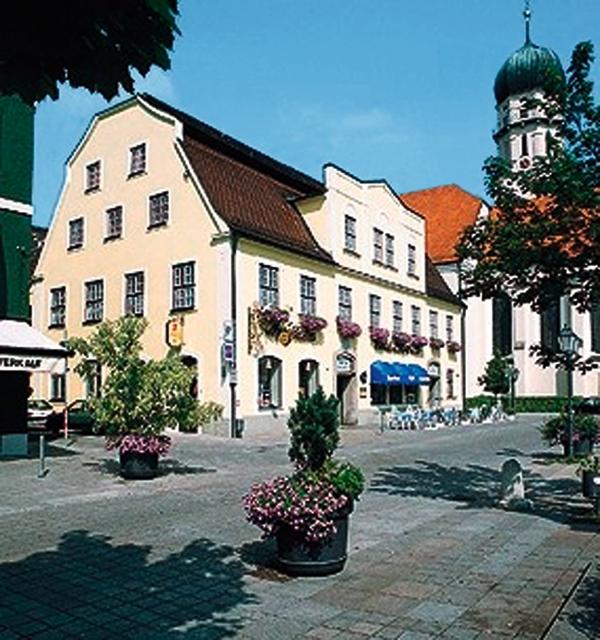
ca. 0,1 km entfernt
}Hotel Alte Post
Marienplatz 19, 86956 Schongau, Deutschland
Gern besuchtes Haus mit an- genehmer Atmosphäre mitten in der Altstadt von Schongau. Liebevoll eingerichtete Gästezimmer. Gemütliche Gasträume.
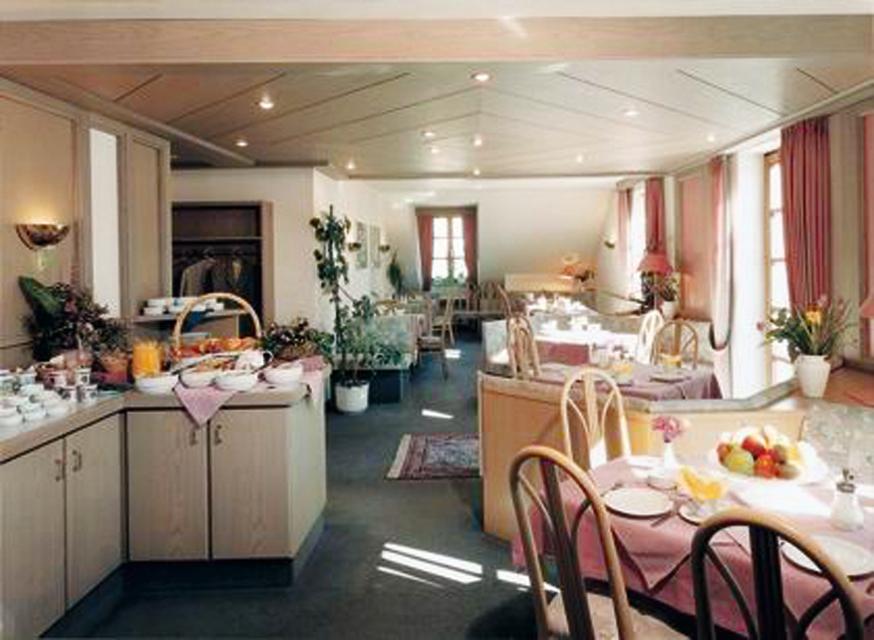
ca. 0,2 km entfernt
}Hotel Rössle
Christophstr. 49, 86956 Schongau, Deutschland
Willkommen im Hotel Rössle. Ruhige, zentra- le Lage, Lift. Direkt an der Stadtmauer, gemütliche Zimmer mit Bad/ WC, Minibar, TV, Radio, WLAN, Fön, Frühstück und liebenswertem Service. Parkplatz kostenfrei, E-Bike Ladestation. Zimmer teilweise barrierefrei.
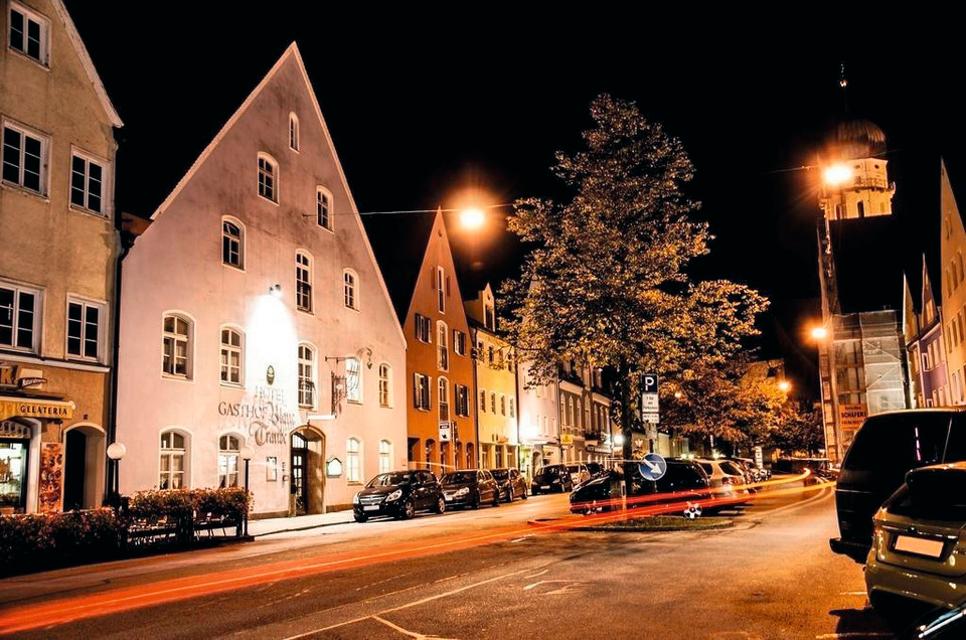
ca. 0,2 km entfernt
}Hotel Blaue Traube, Diegruber GmbH
Münzstraße 10, 86956 Schongau, Deutschland
Alle Zimmer mit Flachbild- Kabel-TV und eigenem Bad. WLAN, Gepäckaufbewahrung und Aufladen von E-Autos für Übernachtungsgäste kostenfrei.
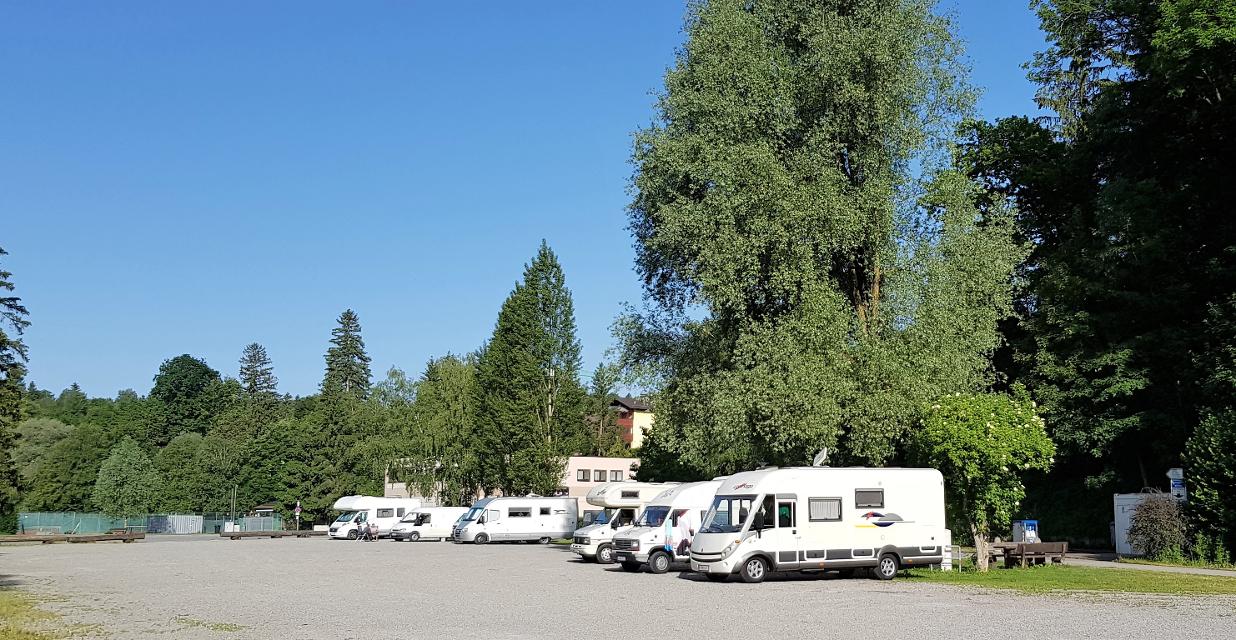
ca. 0,3 km entfernt
}Wohnmobilstellplatz Schongau
Lechuferstraße, 86956 Schongau, Germany
Der Wohnmobilstellplatz befiindet sich in unmitelbarer Nähe des beliebten Erlebnisbades Plantsch an der Lechuferstraße. Dieser bietet 70 sonnige sowie teilweise schattige Plätze. Von dort aus ist über einenFußweg die Historische Altstadt in wenigen Minuten zu erreichen. Dort bietet sich eine attraktive Auswahl an Gastronomie, Geschäften, Fußgängerzone sowie auch historisch bedeutsame Punkte zur Besichtigung. Ein gleichfalls attraktives Ausflugsziel vom Wohnmobilstellplatz aus ist der Badestrand mit seinem gastronomisch bewirtschafteten Bootshaus am Schongauer Stausee "Lido"
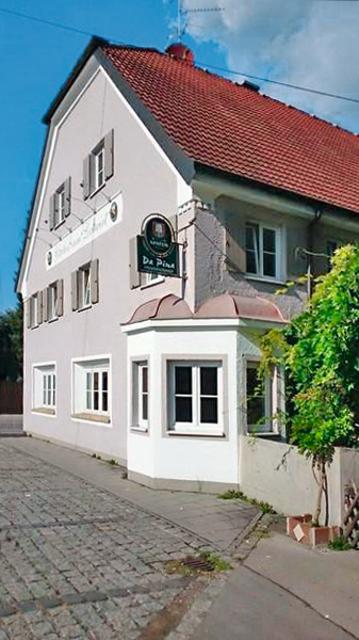
ca. 0,4 km entfernt
}Gasthof Lechwirt
Lechvorstadt 2, 86956 Schongau, Deutschland
Der Lechwirt in Schongau bietet kostenfreies WLAN, ein Res- taurant, eine Bar und einen Garten. In der Nähe können Sie wandern und Rad fahren.
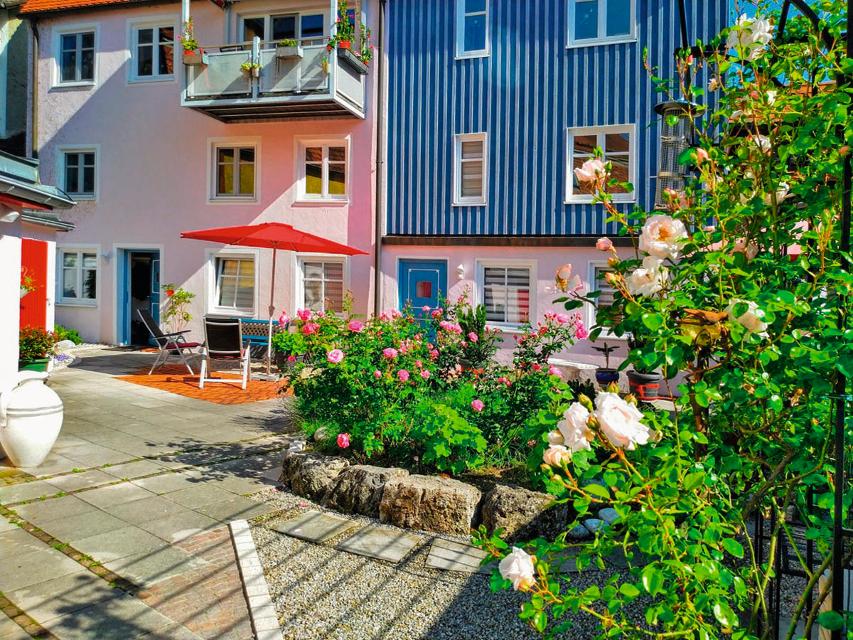
ca. 0,5 km entfernt
}Ferienwohnung Refugio
Bauerngasse 27, 86956 Schongau, Deutschland
Das 2020 renovierte und neu möblierte reizvolle Ensemble mit 54 qm Wohnfläche be- findet sich in der historischen mittelalterlichen Altstadt von Schongau, welche fast komplett von der Stadtmauer umschlossen ist. Die ruhige Wohnung umfaßt das gesamte EG mit eigenem Eingang. Nichtraucherhaus.
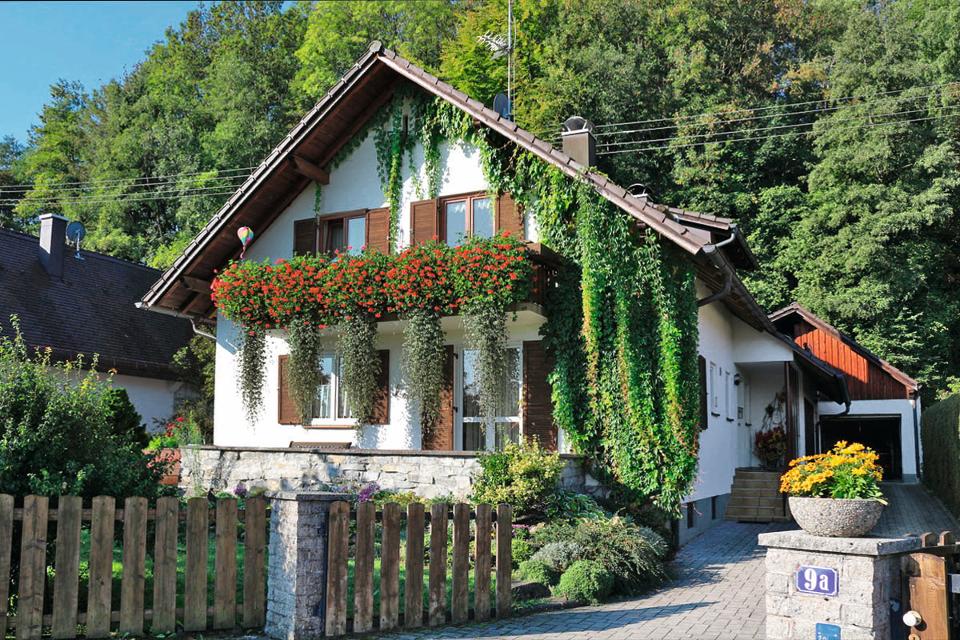
ca. 0,6 km entfernt
}Ferienwohnung Magg
Gartenweg 9a, 86956 Schongau, Deutschland
Ruhige, helle FeWo im Erdgeschoss, ca. 60qm, für 2 Pers. Wohnkü- che, Wohnzimmer, Schlafzimmer mit Doppelbett, Bad mit Dusche, WC / Badewanne.
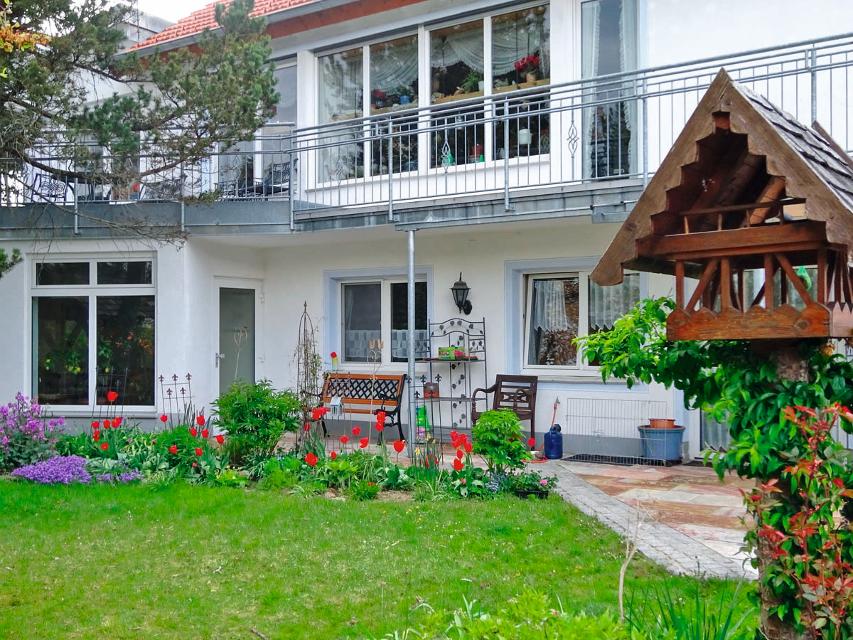
ca. 0,8 km entfernt
}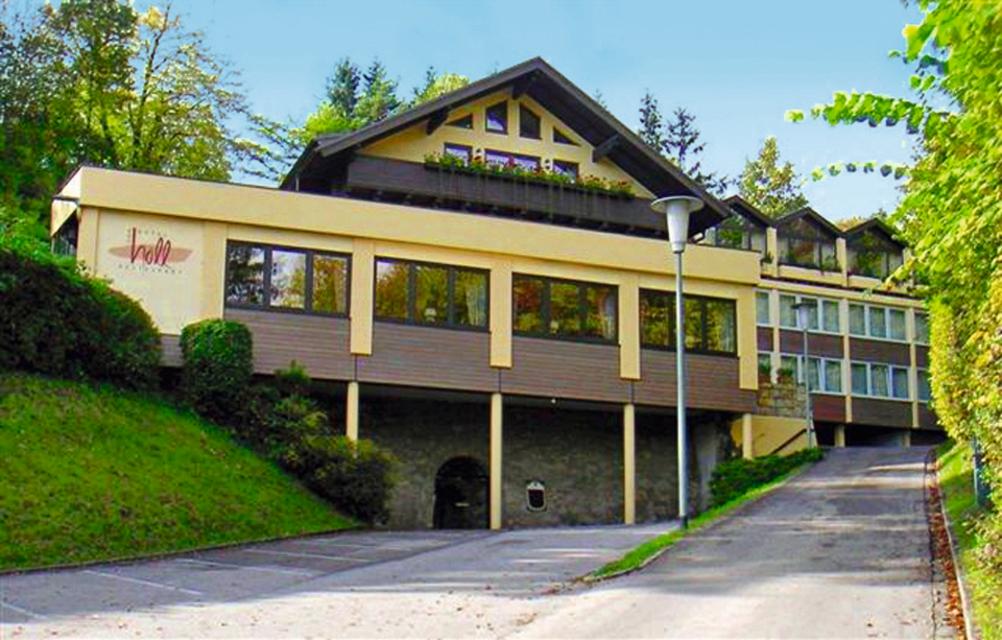
ca. 1,1 km entfernt
}Hotel Holl
Altenstadter Str. 39, 86956 Schongau, Deutschland
Genießen Sie geräumige, moder- ne Zimmer in ruhiger Lage, nur wenige Minuten von der histo- rischen Altstadt entfernt. Großer hauseigener Parkplatz.
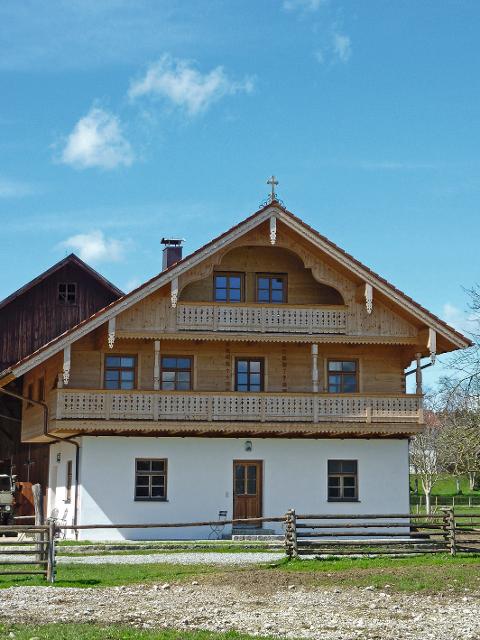
ca. 1,1 km entfernt
}Bioland-Bauernhof Reßle
Dornau 7, 86956 Schongau, Deutschland
Genießen Sie einen unvergesslichen Urlaub auf unserem ruhigen, aber zentral gelegenen Bio-Hof. Vollholzmöblierte Wohnung.
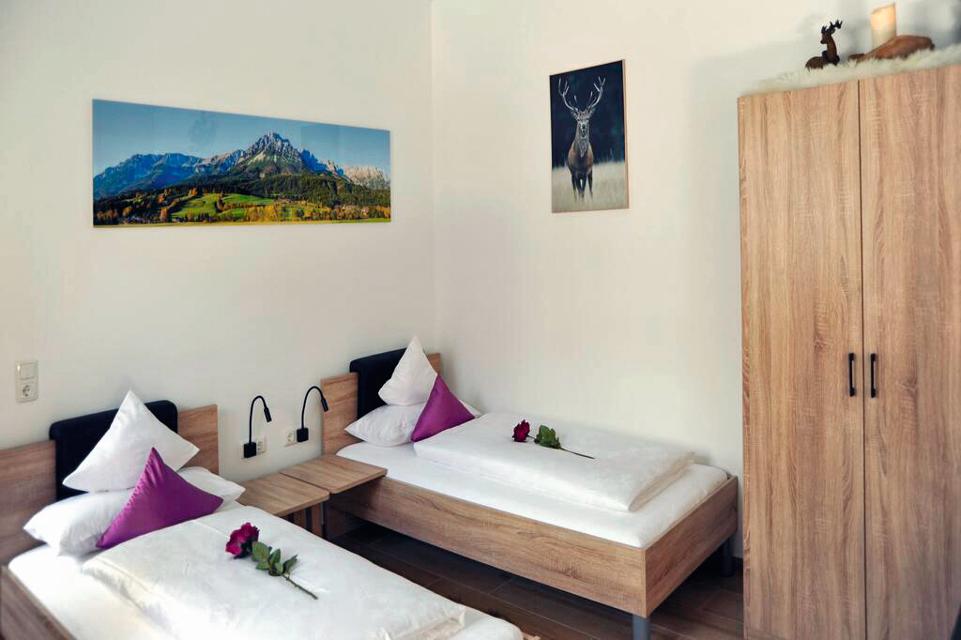
ca. 1,6 km entfernt
}Pension Lerchenfeld
Bernbeurer Straße 2, 86956 Schongau, Deutschland
Die Pension Lerchenfeld bieten Ihnen kostenfreies WLAN, über 100 Parkplätz, Sitzbereiche, Flachbild-Sat-TV, Bad mit Dusche, Waschmaschine.
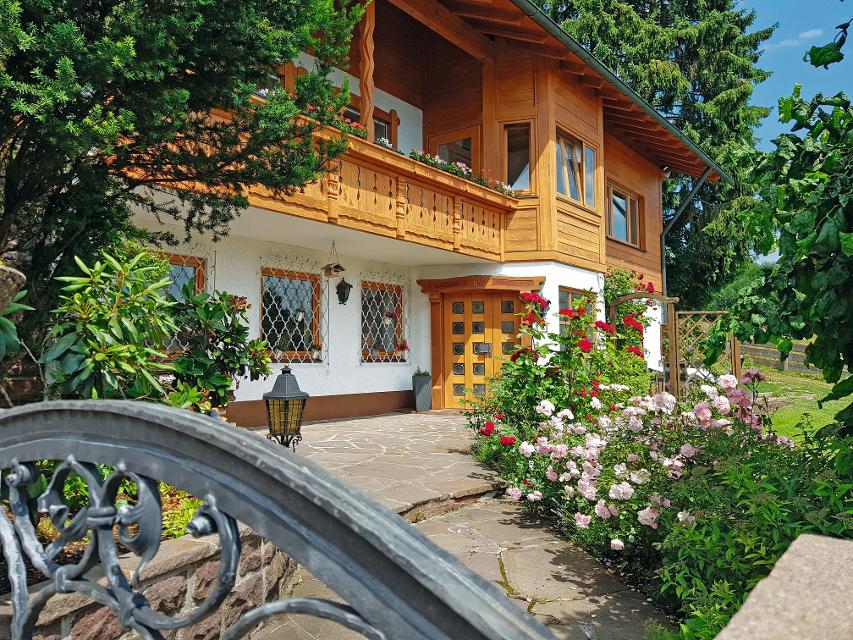
ca. 1,8 km entfernt
}Ferienwohnungen Schlossberg
Schloßbergstraße 18, 86971 Peiting, Deutschland
Unsere modern und liebevoll eingerichteten Ferienwohnungen befinden sich im Erdgeschoss mit eigenem Eingang. In ruhiger Ortsrand-Lage am Schlossberg können Sie auf einer großzügigen Liegewiese entspannen. Beide Ferienwohnungen verfügen über eine umfangreiche Ausstattung. Darunter separate K...
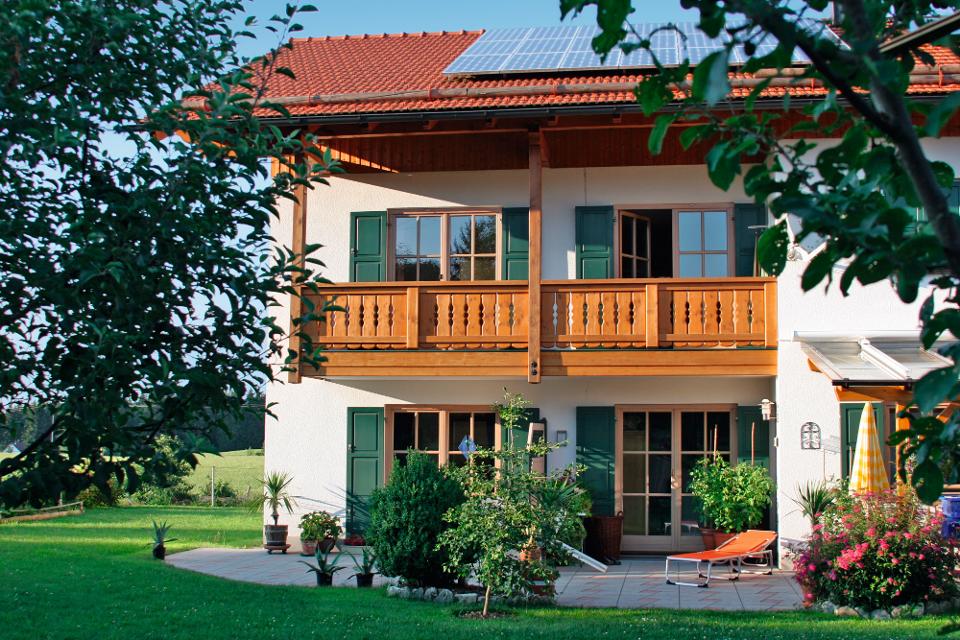
ca. 2,2 km entfernt
}Ferienwohnung Thaller
Calvistraße 1, 86971 Peiting, Deutschland
Ganz herzlich begrüßen dürfen wir Sie in unserer Ferienwohnung mit viel Platz zum Wohlfühlen. Sie verteilt sich auf zwei Etagen (EG+OG) mit Galerie und Leseecke für 2 - 4 Personen sowie Terrasse und Balkon (Südseite). Die gemütliche helle Nichtrau- cherwohnung liegt ruhig und dennoch zen...
FȚȚȚȚ
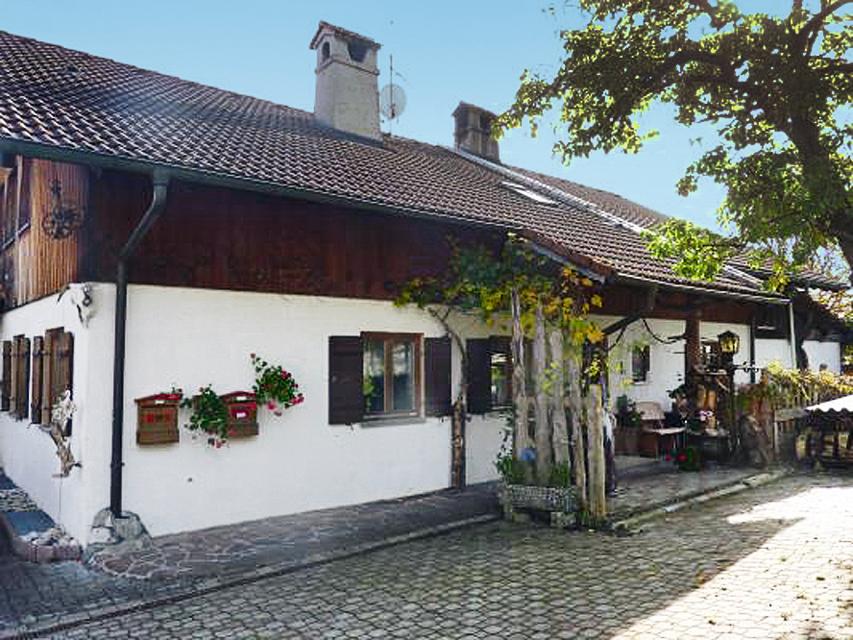
ca. 2,4 km entfernt
}Ferienwohnung Mineralien Zimmert
Tirolerweg 3, 86971 Peiting, Deutschland
Wir heißen Euch herzlich will- kommen in unserer gemütlichen Ferienwohnung im Obergeschoss mit Südbalkon in ruhiger idyllischer Lage. Von uns aus erreicht Ihr zu Fuß in 5 Minuten alles “Lebenswichtige” und nach wenigen Minuten mehr gibt es Erholung, Fun, Aktion.
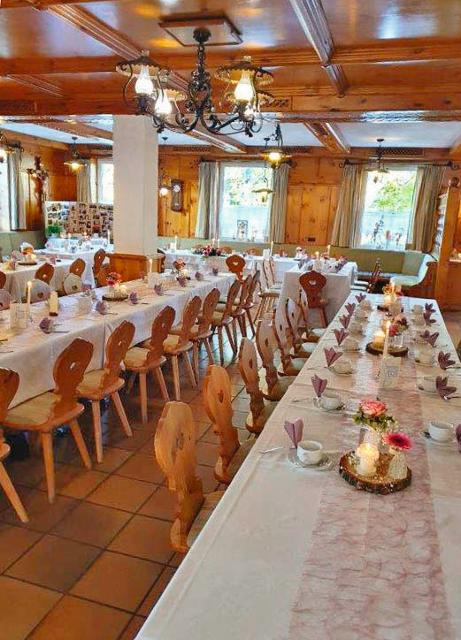
ca. 2,5 km entfernt
}Gasthof Zum Keppeler
Hauptplatz 15, 86971 Peiting, Deutschland
Unser Gasthof mit ehemaliger Brauerei lädt mitten im Herzen von Peiting zur gemütlichen Einkehr ein. Für Hochzeiten, Familien- und Betriebsfeiern sowie Tagungen, ganz gleich ob im kleinen oder großen Rahmen, finden Sie bei uns bestens geeignete Räumlichkeiten. Vereine und Busgesell- schaften...
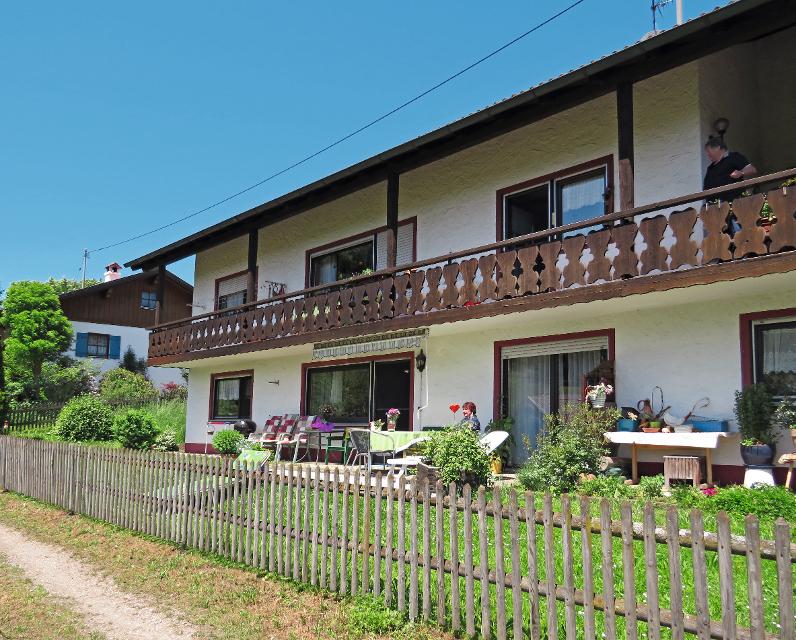
ca. 2,5 km entfernt
}Ferienwohnung Schmid
Bergstr. 19, 86971 Peiting, Deutschland
Die gemütliche Ferienwohnung mit separatem Eingang liegt im Souterrain. Wohnzimmer mit Sat-TV, Wohnküche mit Eckbank, 2 getrennte Schlaf- zimmer/ Doppelbetten. Das Badezimmer ist ausgestattet mit Badewanne, Dusche, WC und Waschmaschine. Genie- ßen Sie Ihr Frühstück auf der Süd-Terrasse mi...
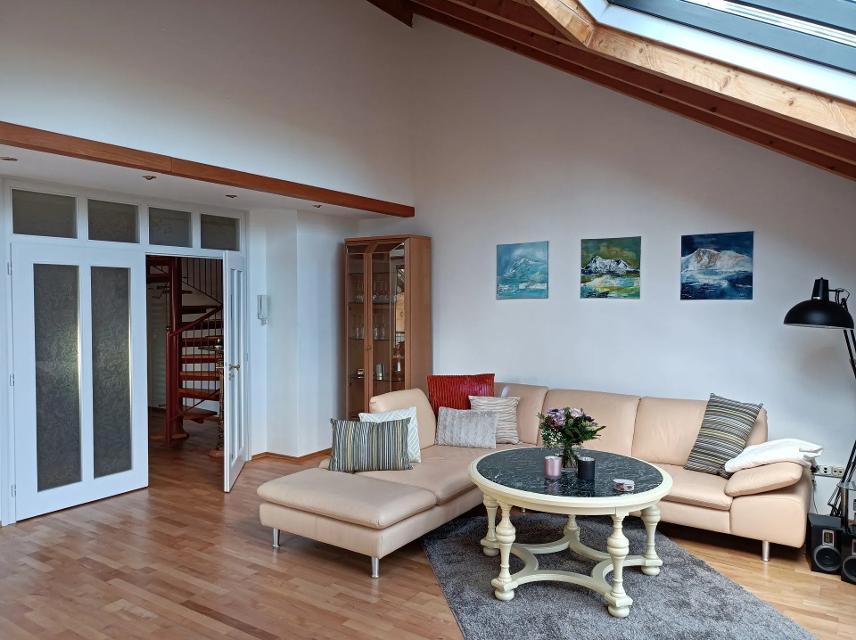
ca. 2,5 km entfernt
}Galeria Helmut
Münchener Straße 36a, 86971 Peiting, Deutschland
Wir sind Ihre Adresse für angenehme Aufenthalte. Genießen Sie alle Annehmlichkeiten einer gehobenen Ferienwohnung. Helle Räume und eine umfangreiche, hochwertige Ausstattung lassen keine Wünsche offen. Wie wäre es nach einem Sightseeing- oder Skitag mit einem wohltuenden Bad in unserem Whirlpo...

ca. 2,7 km entfernt
}Hotel-Restaurant „Zum Dragoner“ OHG
Ammergauer Str. 11 + 16, 86971 Peiting, Deutschland
Der Familienbetrieb, der nunmehr in der 4. Generation geführt wird, umfasst Haupthaus und direkt gegenüber das Gästehaus (altes Haus). Die Zimmer sind im ländlichen, bayerischen Stil eingerichtet, teils mit Balkon. Sat- TV mit über 80 Programmen und kostenfreies Wlan sind in al- len Zimmern...
Weitere Tipps in der Nähe
"Weitere Tipps in der Nähe" überspringen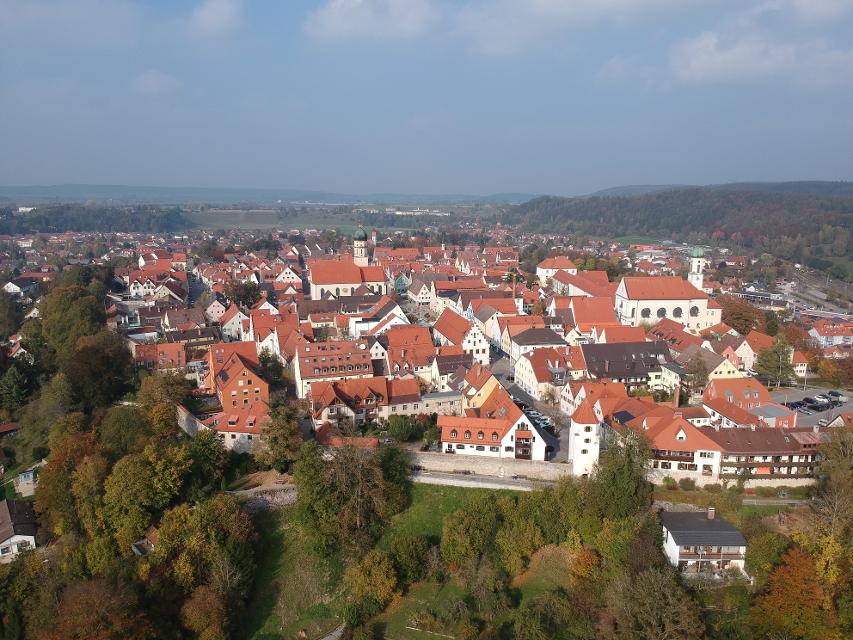
Empfehlung
}Oliver Pötzsch guides you through the old town of Schongau
Experience an eventful and exciting tour through the historic old town of Schongau with audio commentary by bestselling author Oliver Pötzsch! To be able to use the audio files with the app, please activate the audio function on the map in the app.
1:15 h 11 hm 11 hm 2,0 km sehr leicht

ca. 0,0 km entfernt
}Historisches Ballenhaus
Marienplatz, 86956 Schongau, Germany
The Ballenhaus is the only free-standing building on Marienplatz. In the Middle Ages it served as a warehouse and transhipment house. Here the carters had to store their goods packed in bales and declare them. The naming of the building still bears witness to this today. The first floor of the Ballenhaus is also the city‘s old council chamber. Audio commentary on Station 2, Ballenhaus
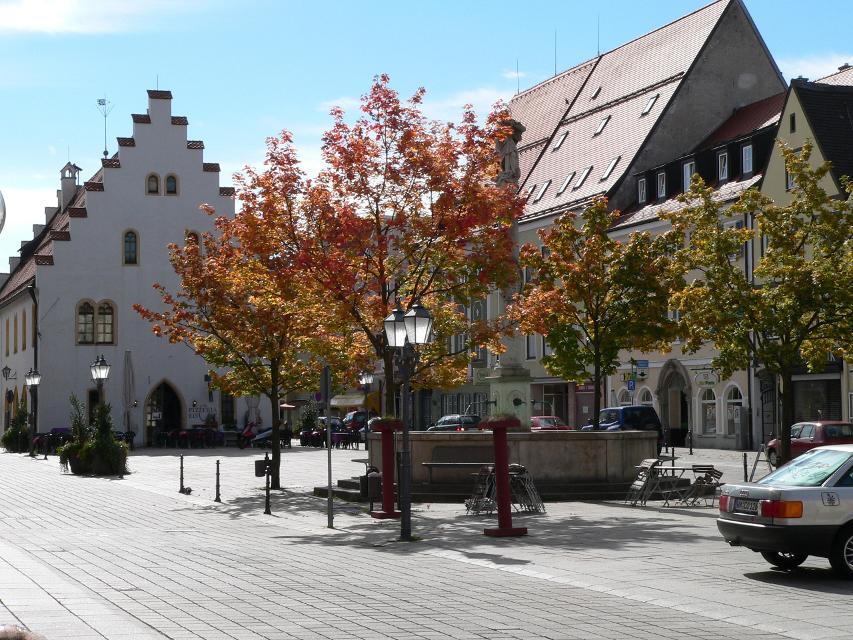
ca. 0,0 km entfernt
}Marienplatz, ehemaliger Marktplatz
Marienplatz, 86956 Schongau, Germany
Audiokommentar zur Station 2 - Der Marktplatz
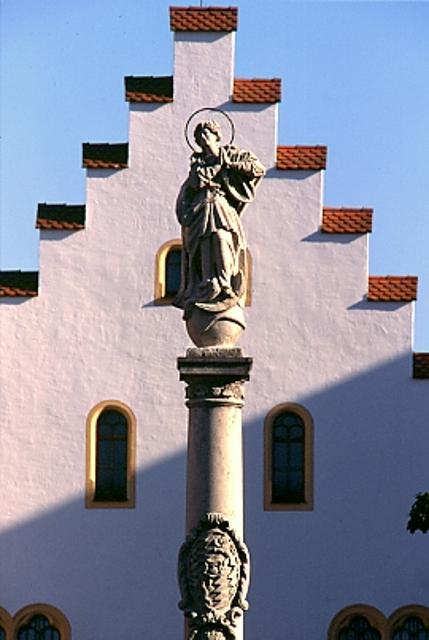
ca. 0,1 km entfernt
}Schongau - die mittelalterliche Stauferstadt
Marienplatz, 86956 Schongau, Germany
Angefangen hat es im heutigen Altenstadt, dem alten Schongau (bis 1220; Name von Schönach-Gau). Im Jahr 1179 verkaufte der erbenlose Welf VI. seine Herrschaft an den Staufer Kaiser Friedrich Barbarossa. Das Nachsehen hatt der welfische Vetter Heinrich der Löwe, der dann auch im Jahr darauf den Pr...
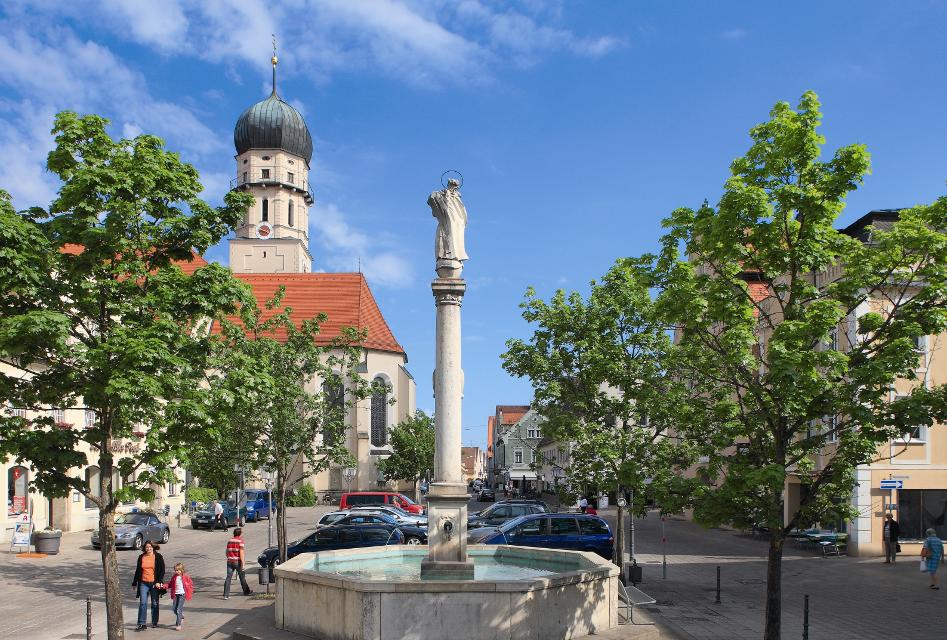
ca. 0,1 km entfernt
}Brunnen am Marienplatz
Marienplatz, 86956 Schongau, Germany
The center of the historic old town is Marienplatz with Marienbrunnen and the mighty Ballenhaus. Life in the old town was concentrated around this square, as it is today. Important buildings such as the town hall or the church are in the immediate vicinity. Audio commentary on station 1, fountain at Marienplatz
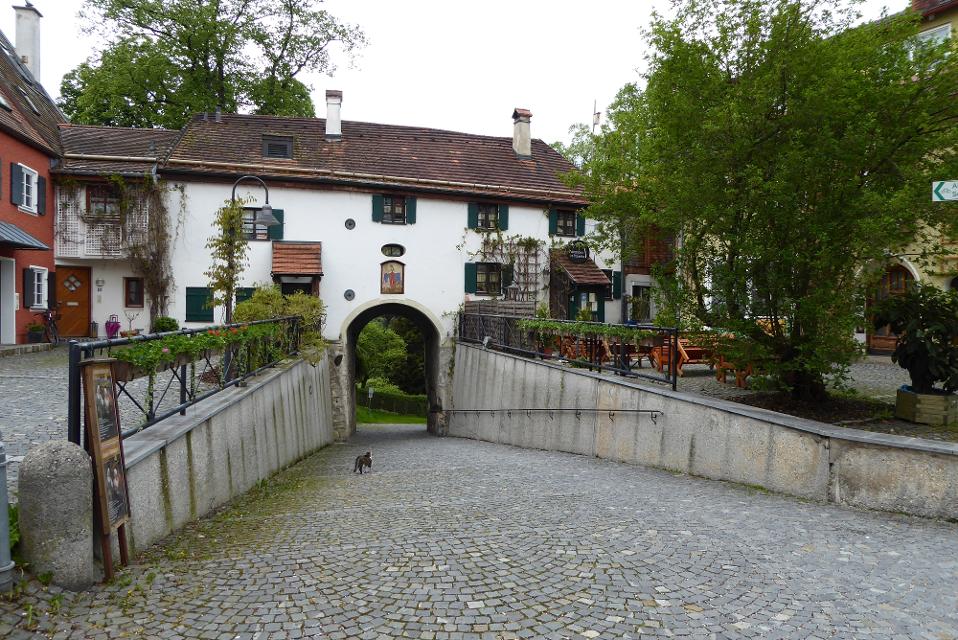
ca. 0,1 km entfernt
}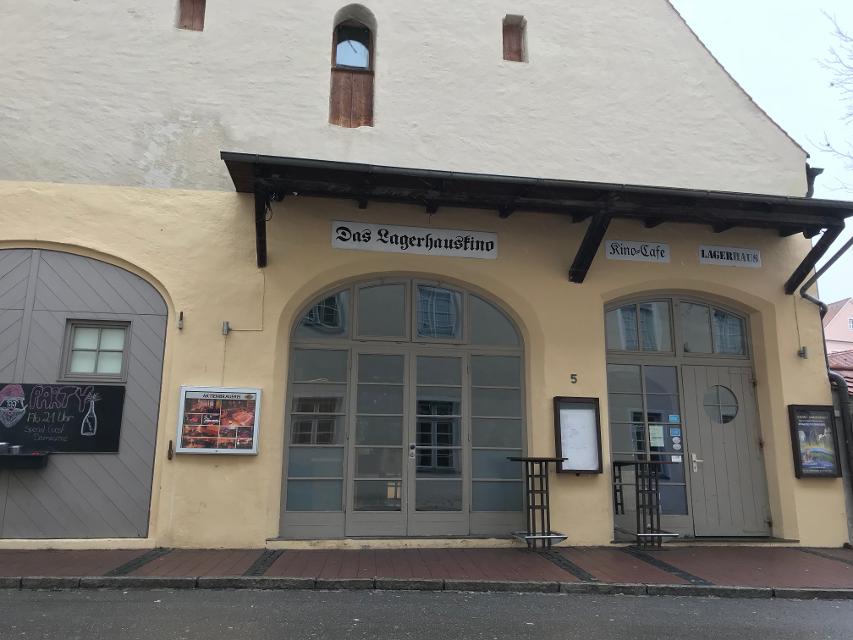
ca. 0,1 km entfernt
}Lagerhauskino, Schongau
Karmeliterstraße 5, 86956 Schongau, Germany
Das kleine, etablierte Programmkino mit Holzbalkendecke zeigt Independent-Produktionen und Dokumentarfilme.
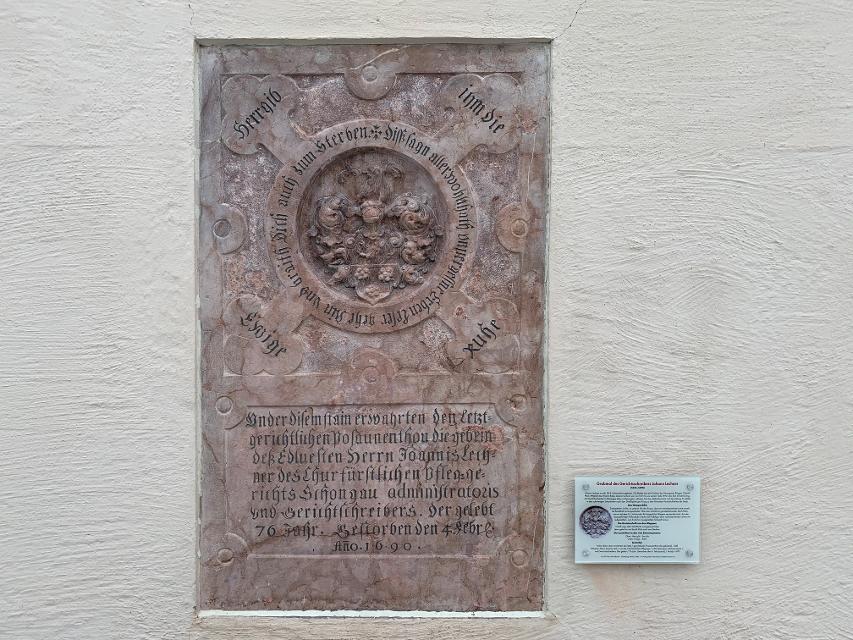
ca. 0,1 km entfernt
}Grabmahl von Johann Lechner
Stadtpfarrkirche Mariä Himmelfahrt, 86956 Schongau, Germany
Audio commentary on Station 10: Johann Lechner‘s grave
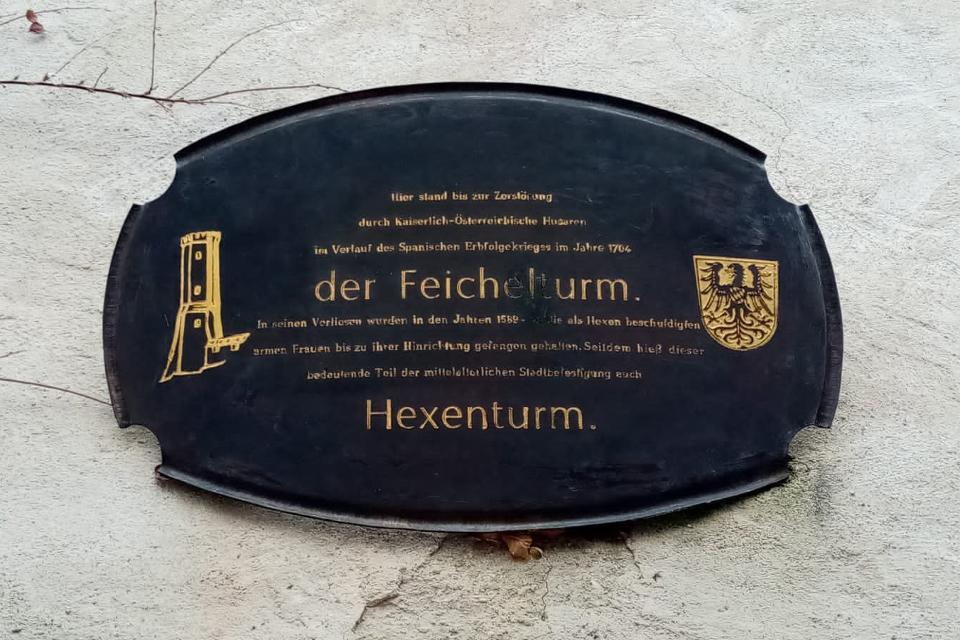
ca. 0,1 km entfernt
}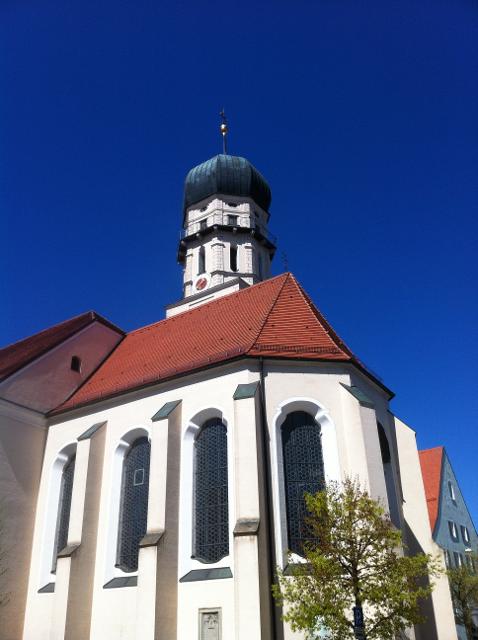
ca. 0,1 km entfernt
}Stadtpfarrkirche Mariae Himmelfahrt, Schongau
Marienplatz, 86956 Schongau, Germany
Zu den Höhepunkten der sakralen Architektur im Pfaffenwinkel zählt die Stadtpfarrkirche Mariae Himmelfahrt in Schongau. Der äußerst qualitätsvolle Stuck im Rang der Wieskirche von Dominikus Zimmermann, die Fresken von Matthäus Günther sowie der Hochaltar von Franz Xaver Schmädl nach einem Entwurf...
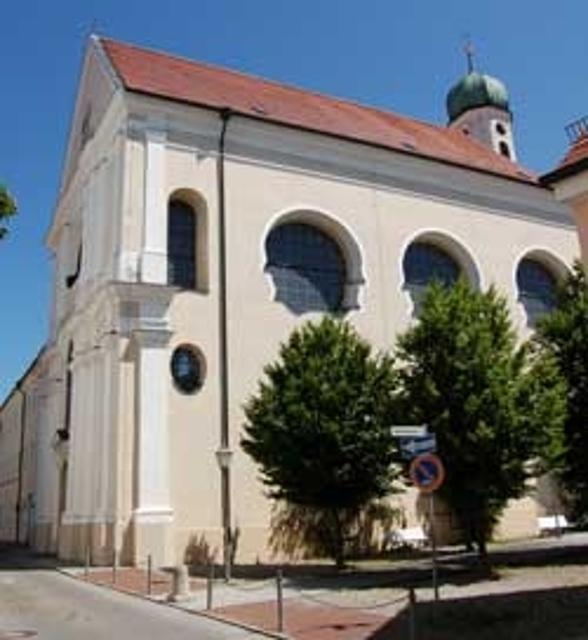
ca. 0,1 km entfernt
}Ehemaliges Kloster der unbeschuhten Karmeliten
Karmeliterstraße, 86956 Schongau, Germany
Audiokommentar zur Station 7 - Das Kloster
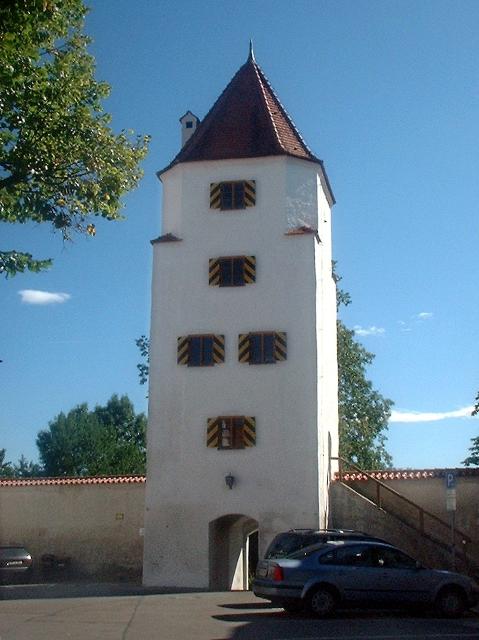
ca. 0,1 km entfernt
}Polizeidienerturm
Lindenplatz, 86956 Schongau, Germany
Audiokommentar zur Station 5 - Der Polizeidienerturm
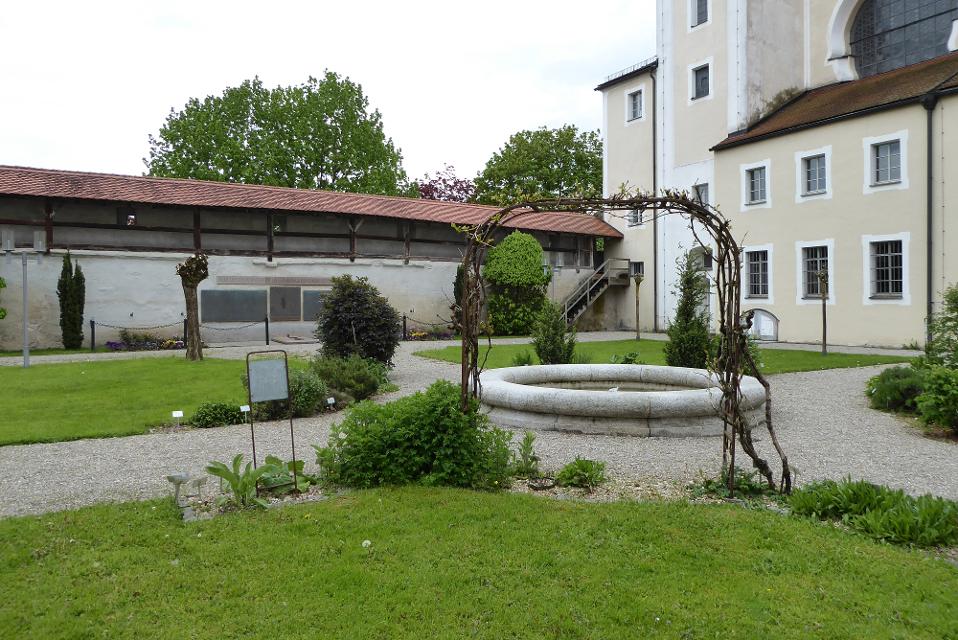
ca. 0,1 km entfernt
}Klostergarten
Karmeliterstraße, 86956 Schongau, Germany
The monastery courtyard of the Heilig-Geist-Spital is located right next to the Heilig-Geist-Spitalkirche St. Anna on the east side of the historic city wall of Schongau. Like the church, it goes back to the work of the Carmelite monks who settled in Schongau at the beginning of the 18th century. Today, various medicinal herbs are grown in the monastery courtyard. Audio commentary on station 9, monastery garden
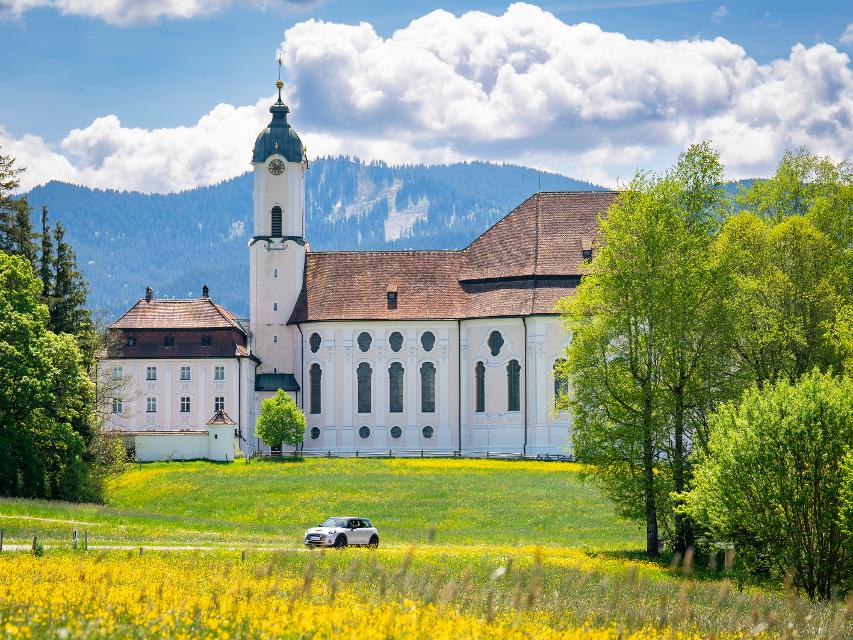
ca. 0,1 km entfernt
}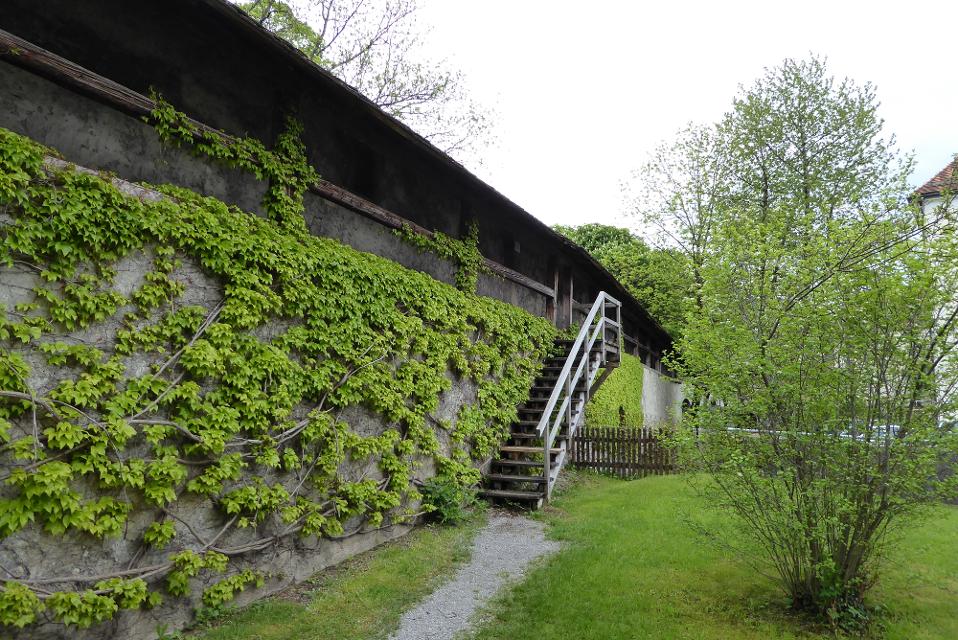
ca. 0,2 km entfernt
}Wehrgang auf der historischen Stadtmauer
Karmeliterstraße, 86956 Schongau, Germany
Audiokommentar zur Station 8 - Der Wehrgang
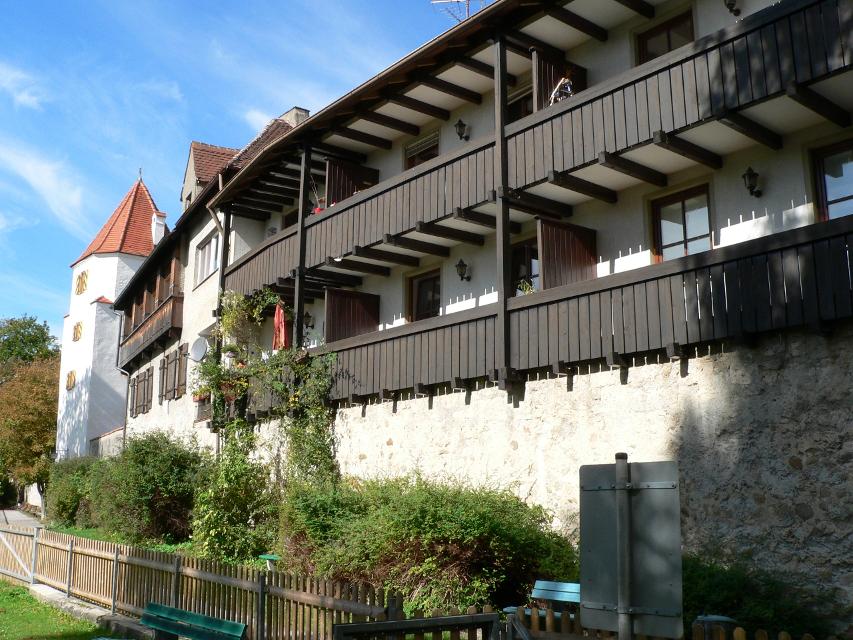
ca. 0,2 km entfernt
}Historische Stadtmauer
Bürgermeister-Schägger-Platz, 86956 Schongau, Germany
Audiokommentar zur Station 6 - Die Stadtmauer
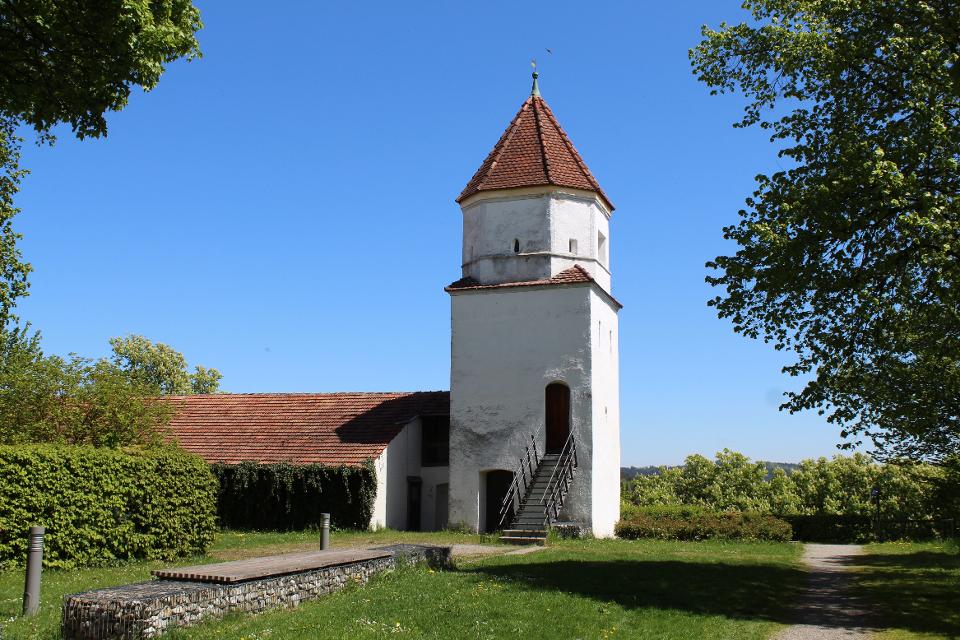
ca. 0,2 km entfernt
}Das könnte Dir auch gefallen
"Das könnte Dir auch gefallen" überspringen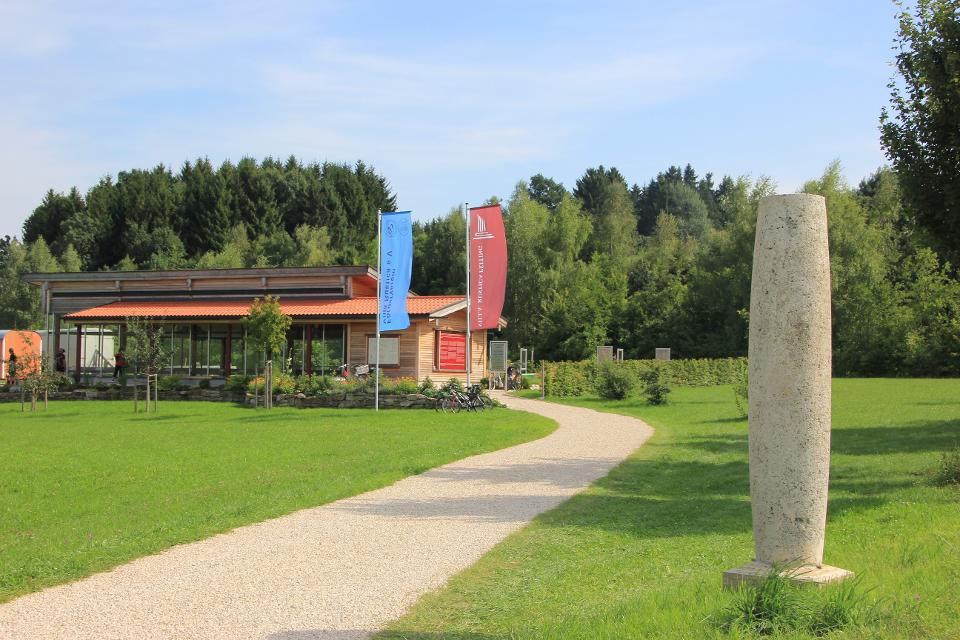 }
}
Villa Rustica
Kreuter Weg, 86971 Peiting, Germany
An der Stelle der Peitinger Villa Rustica befand sich zwischen dem zweiten und vierten Jahrhundert ein römisches Landgut. Es handelt sich dabei um einen in Deutschland äußerst seltenen Gebäudetyp - ein Atriumhaus. Über den Resten des von 2000 bis 2004 freigelegten Badehauses wurde ein rundum verg...
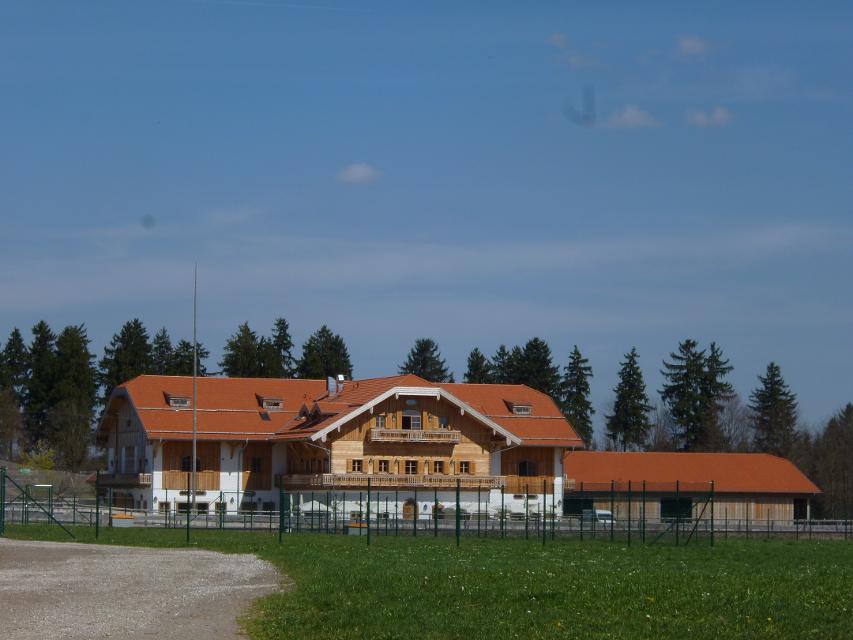 }
}
Gut Aiderbichl
Osterseehof 1, 82393 Iffeldorf, Germany
Das Gut Aiderbichl ist ein Gnadenhof für in Not geratene Tiere. Hier werden ausgesetzte, verwahrloste, misshandelte oder von Tötung bedrohte Tiere aufgenommen, um ihnen in dem geschützten Umfeld des Guts ein unbeschwertes Leben bis zur ihrem natürlichen Tod zu ermöglichen. Gut Aiderbichl versteht...
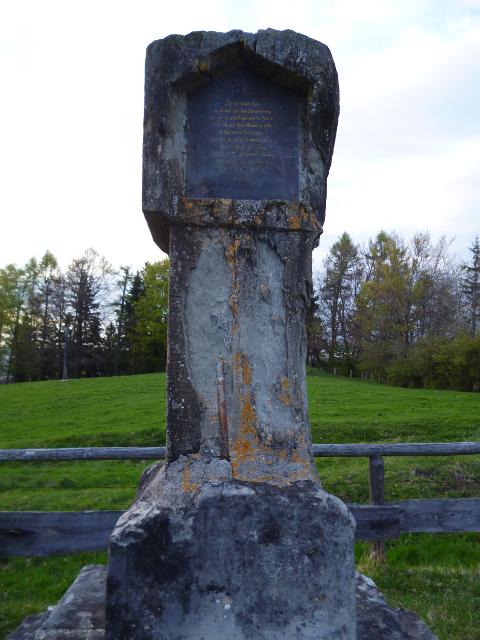 }
}
Schlossberg
Germany
Auf dem Schlossberg oberhalb von Peiting befand sich einstmals eine von den Welfen erbaute Burg. Sie wurde vermutlich um 1055 von dem Herzog Welf I. errichtet. Es wird davon ausgegangen, dass sie bei einem Erdbeben im 14. Jahrhundert zu großen Teilen und im Dreißigjährigen Krieg endgültig zerstör...
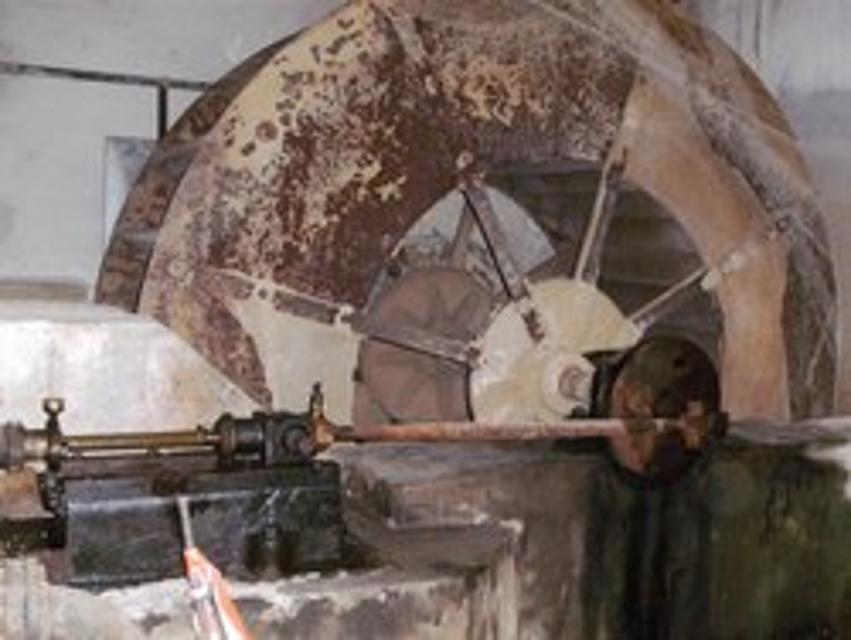 }
}
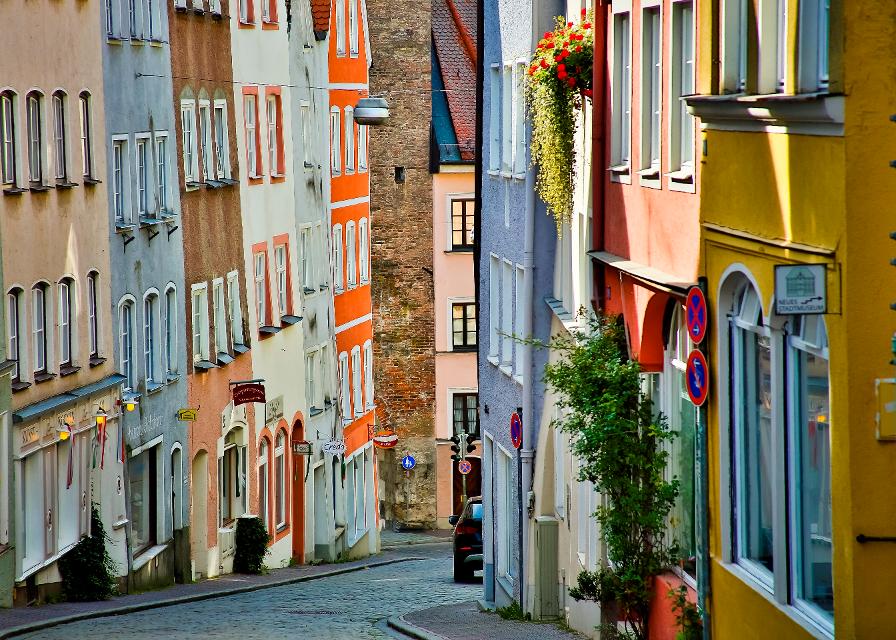 }
}
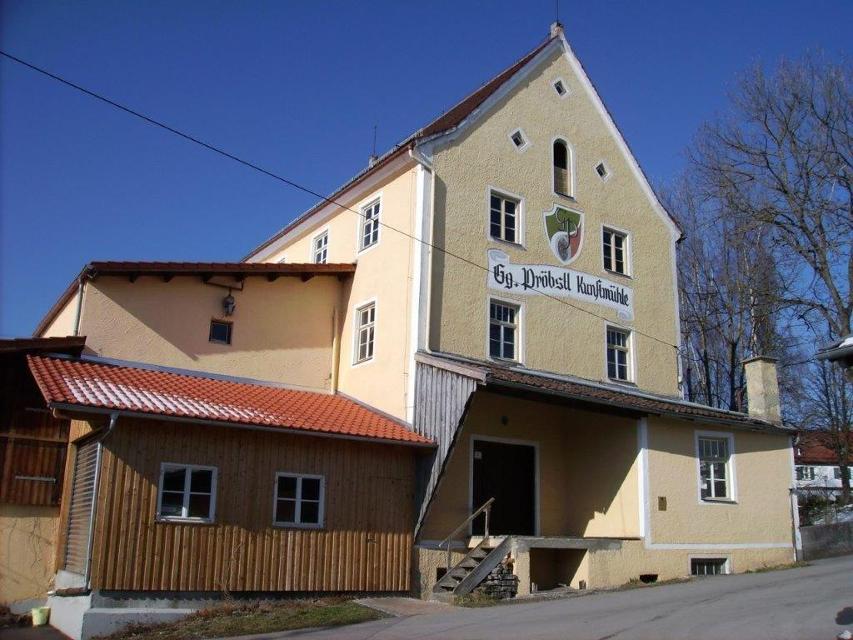 }
}
 }
}
 }
}
 }
}
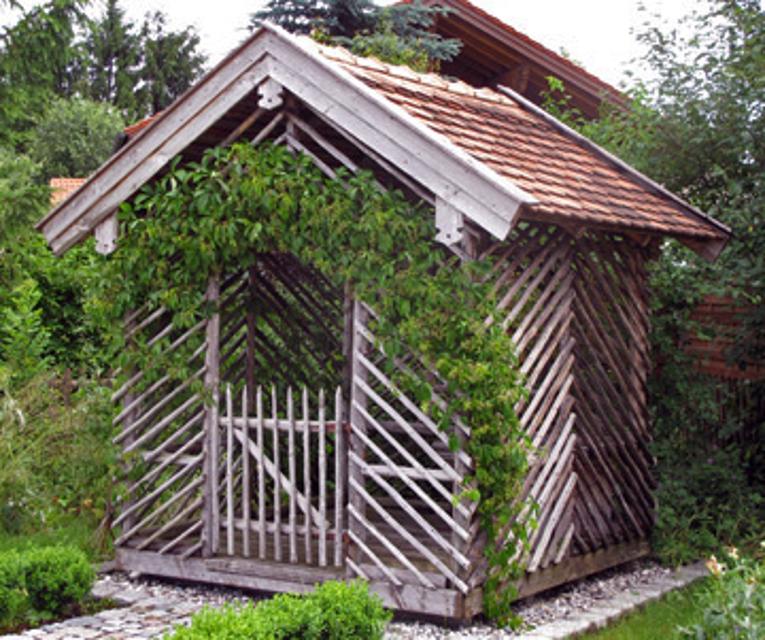 }
}
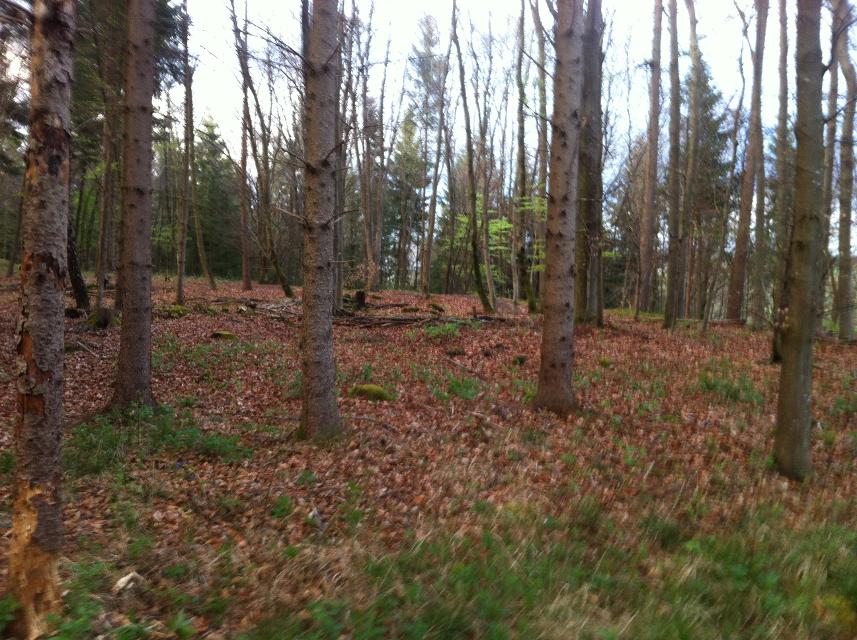 }
}
Gögerlburg
Germany
Die Gögerlburg wurde als Schutzanlage um das neunte Jahrhundert erbaut. Am Nordostrand des Gechenberges belegen zahlreiche Funde den Ort als ehemaliger Standort der Gögerlburg. Die Fundamente der Burganlage sind noch erhalten, allerdings nicht sichtbar, weshalb die Umrisse der ehemaligen Burganla...
 }
}
Grabmahl von Johann Lechner
Stadtpfarrkirche Mariä Himmelfahrt, 86956 Schongau, Germany
Audio commentary on Station 10: Johann Lechner‘s grave
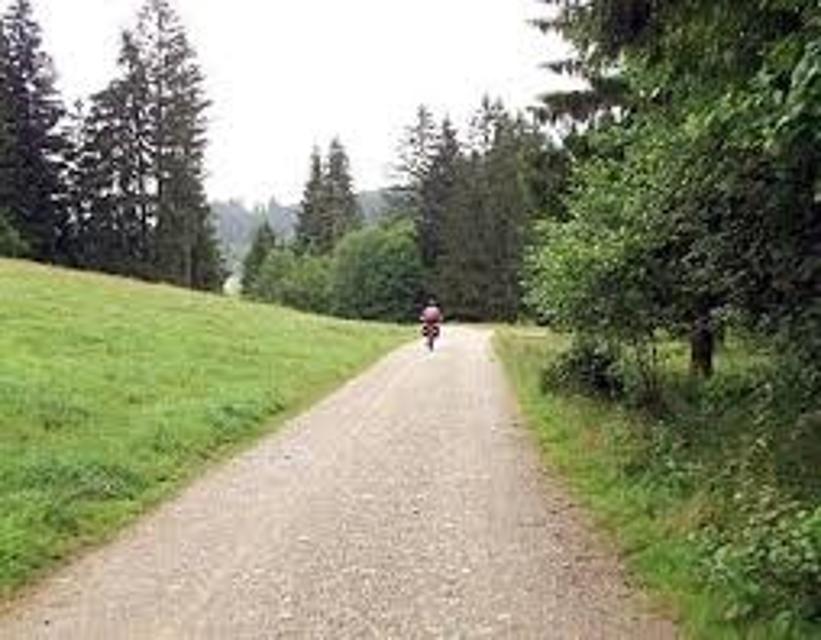 }
}
 }
}
Historische Stadtmauer
Bürgermeister-Schägger-Platz, 86956 Schongau, Germany
Audiokommentar zur Station 6 - Die Stadtmauer
 }
}
Historisches Ballenhaus
Marienplatz, 86956 Schongau, Germany
The Ballenhaus is the only free-standing building on Marienplatz. In the Middle Ages it served as a warehouse and transhipment house. Here the carters had to store their goods packed in bales and declare them. The naming of the building still bears witness to this today. The first floor of the Ballenhaus is also the city‘s old council chamber. Audio commentary on Station 2, Ballenhaus
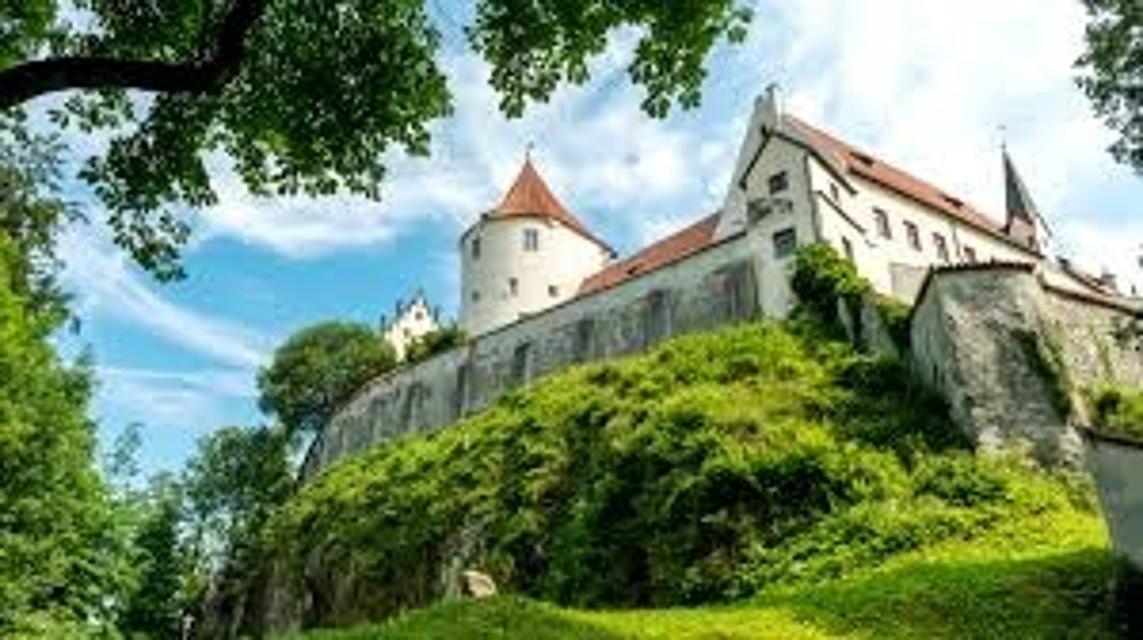 }
}
Hohes Schloss Füssen
Magnusplatz, 10, 87629 Füssen, Germany
Hoch über der Stadt Füssen thront das Hohe Schloss. Einst war es die Sommerresidenz der Fürstbischöfe von Augsburg. Heute beherbergt es die Filialgalerie der Bayerischen Staatsgemäldesammlungen und die Städtische Galerie. Das Hohe Schloss in Füssen zählt zu den bedeutendsten Profanbauten der deutschen Spätgotik und ist nicht nur in seinem Inneren eine Sehenswürdigkeit: Im Hof sind einzigartige Illusionsmalereien zu entdecken.
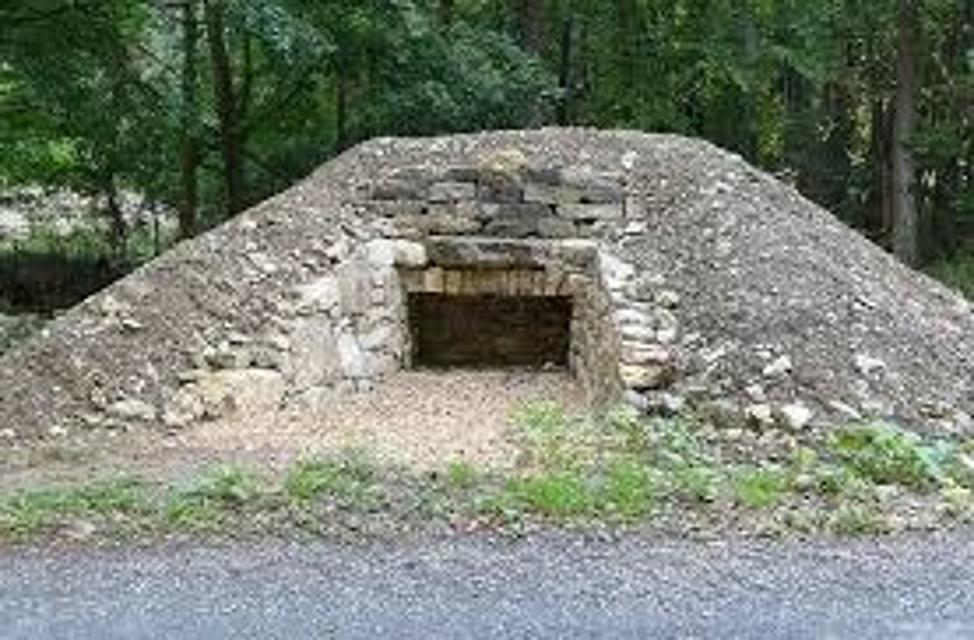 }
}
Hügelgräber aus Bronze-/Hallstattzeit
Germany
An der Ecke Weinhart-/Schmädlstraße in Weilheim sind Siedlungsspuren gefunden worden, die vermutlich aus der Bronzezeit (etwa. 2200 bis 800 v. Chr.) stammen. Die Ausgrabungsstätte auf einem Baugrundstück mitten in einer Wohnsiedlung ist nicht auffällig, aber sie ermöglicht einen Blick weit zurück...
 }
}
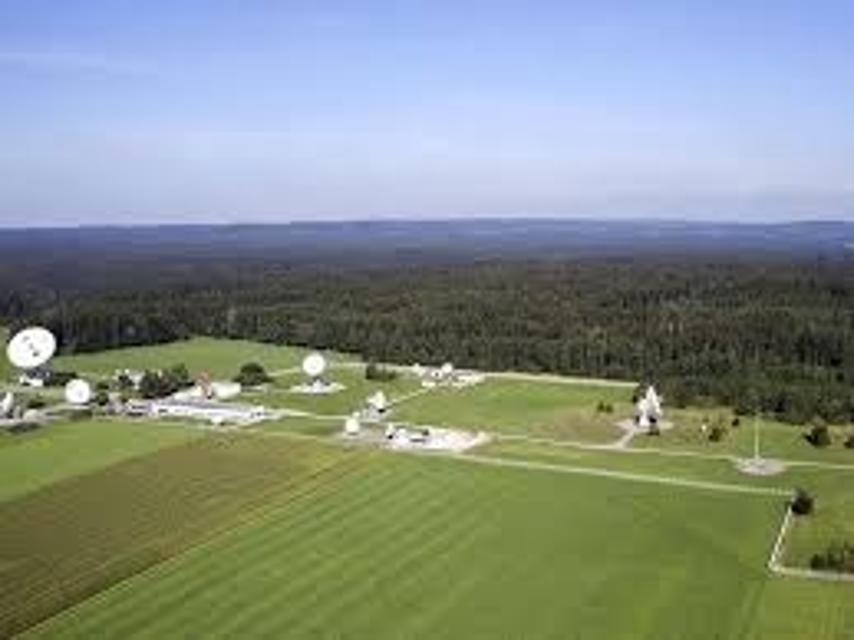 }
}
 }
}
Marienplatz, ehemaliger Marktplatz
Marienplatz, 86956 Schongau, Germany
Audiokommentar zur Station 2 - Der Marktplatz
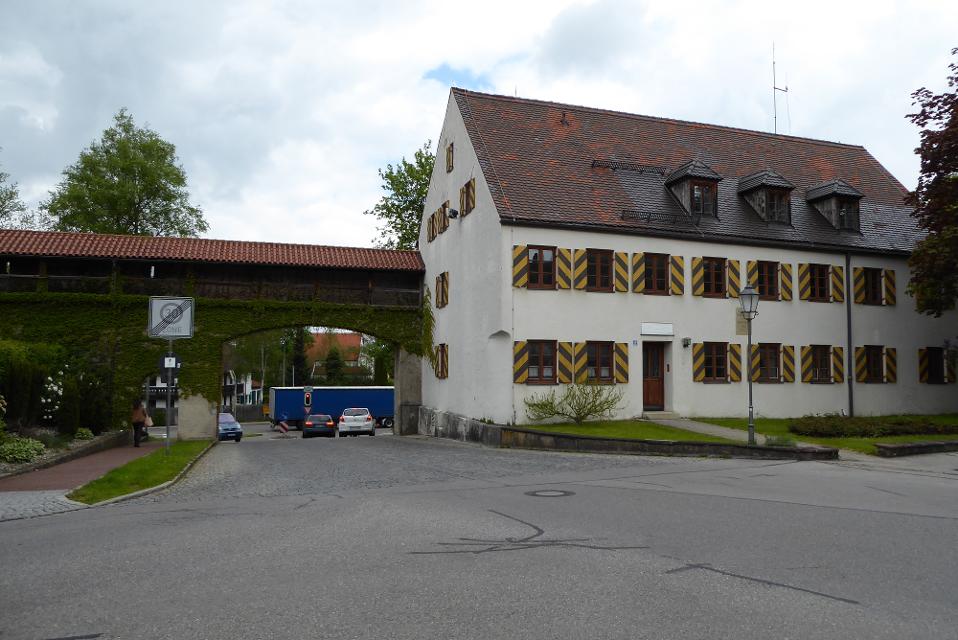 }
}
Münzgebäude
Münstraße 35, 86956 Schongau, Germany
The so-called old mint building is located at the end of the main traffic axis of Schongau‘s old town on Münzstrasse. It is part of the city wall and its core goes back to the mint master‘s gate leading to the north. Audio commentary on station 8, mint building
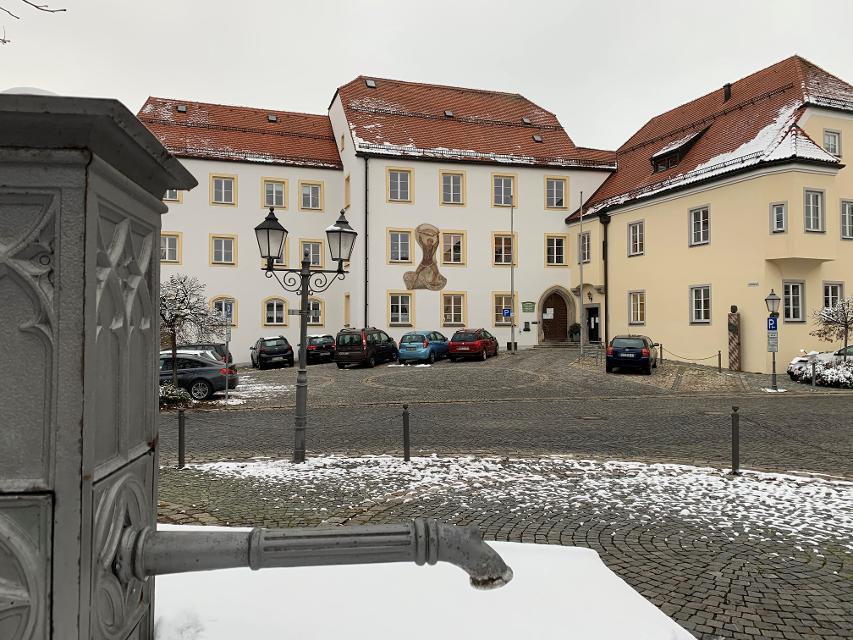 }
}
Pflegschloss
Schloßplatz 1, 86956 Schongau, Germany
Schongau Castle was built in the 15th century as a side residence of Wittelsbach under Duke Christoph the Strong. It later became the seat of the caretaker (district judge) of Schongau, later district office, then until 1972 district office of the district of Schongau. It is a two- and three-storey three-wing complex with half-hipped roofs, the core of which was created after a town fire in 1493. It was expanded and renovated in the second half of the 18th century and in 1938. The old castle garden wall on the Bauerngasse probably dates from the 16th Century. The building is still used today by the Weilheim-Schongau district office. Audio commentary on Station 7, Pflegschloss
 }
}
Polizeidienerturm
Lindenplatz, 86956 Schongau, Germany
Audiokommentar zur Station 5 - Der Polizeidienerturm
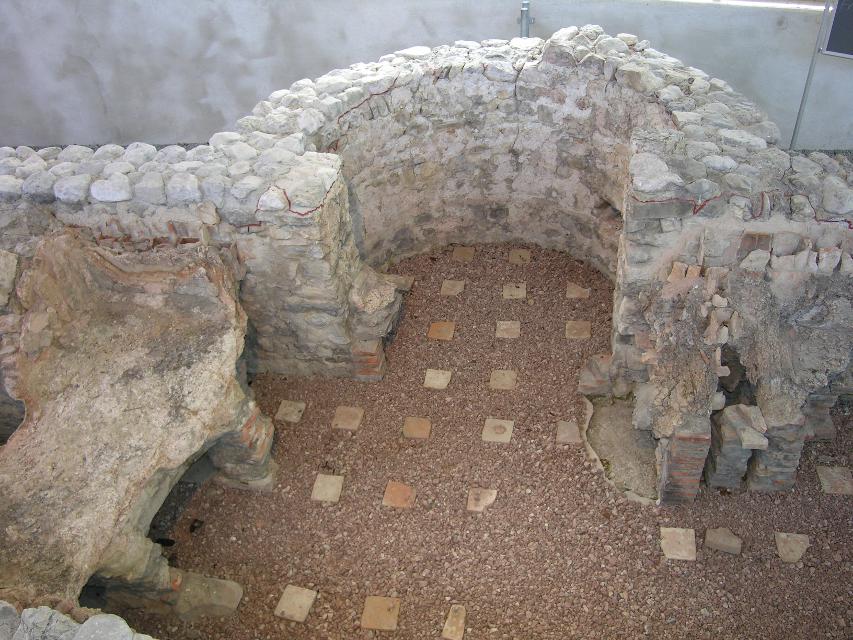 }
}
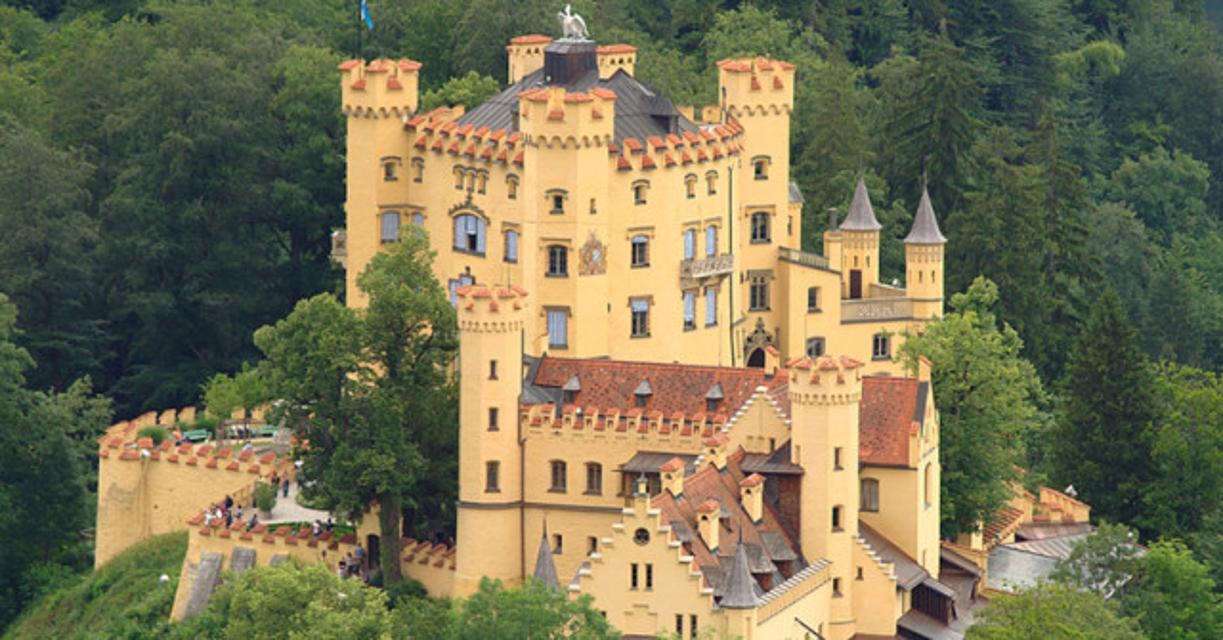 }
}
Schloss Hohenschwangau
Alpseestraße, 30, 87645 Schwangau, Germany
Die "Kinderstube" des jungen Ludwig ll.
 }
}
Schongau - die mittelalterliche Stauferstadt
Marienplatz, 86956 Schongau, Germany
Angefangen hat es im heutigen Altenstadt, dem alten Schongau (bis 1220; Name von Schönach-Gau). Im Jahr 1179 verkaufte der erbenlose Welf VI. seine Herrschaft an den Staufer Kaiser Friedrich Barbarossa. Das Nachsehen hatt der welfische Vetter Heinrich der Löwe, der dann auch im Jahr darauf den Pr...
Strahdrischn und Sichtachse Bild "Verzauberte Mühle"
Germany
Heuhocken ganz nach alter Tradition, so wie sie einst vor über 100 Jahren Franz Marc malte, sind in Sindelsdorf auf einer Streuwiese an der südlichen Ortsausfahrt zu sehen. Sie bilden eine der 15 Stationen des Maler-Rundwegs, der zu jenen Plätzen führt, an denen der Künstler lebte und seine Werke schuf.


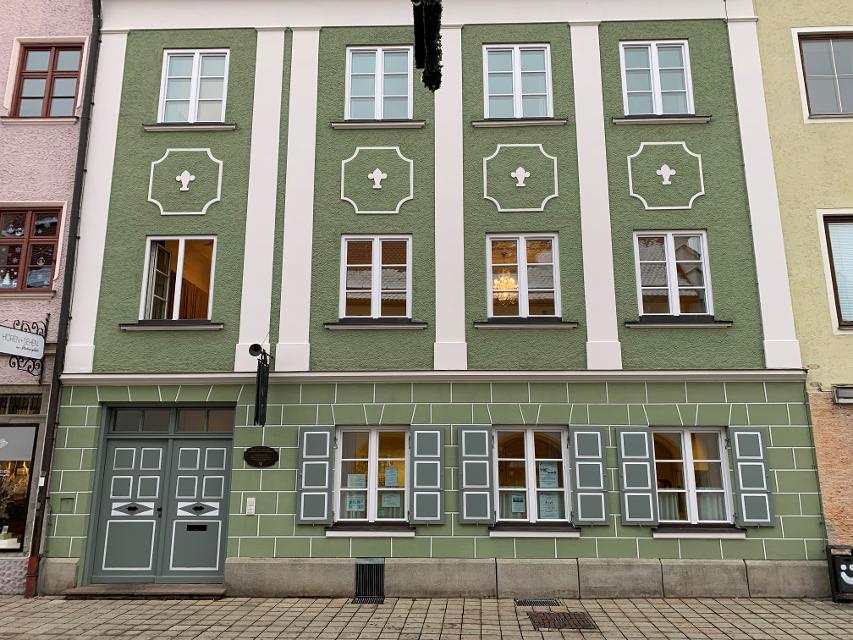
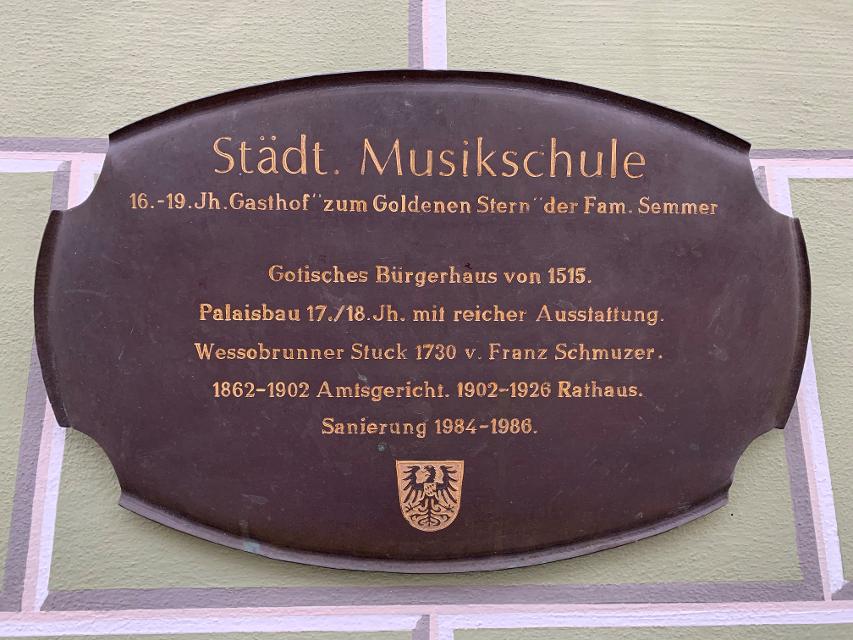
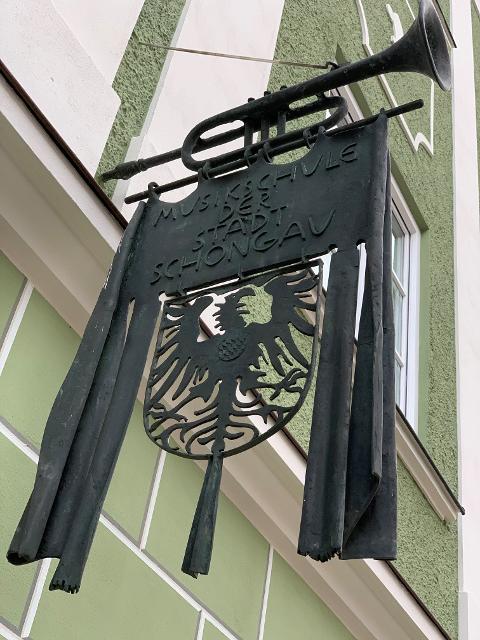
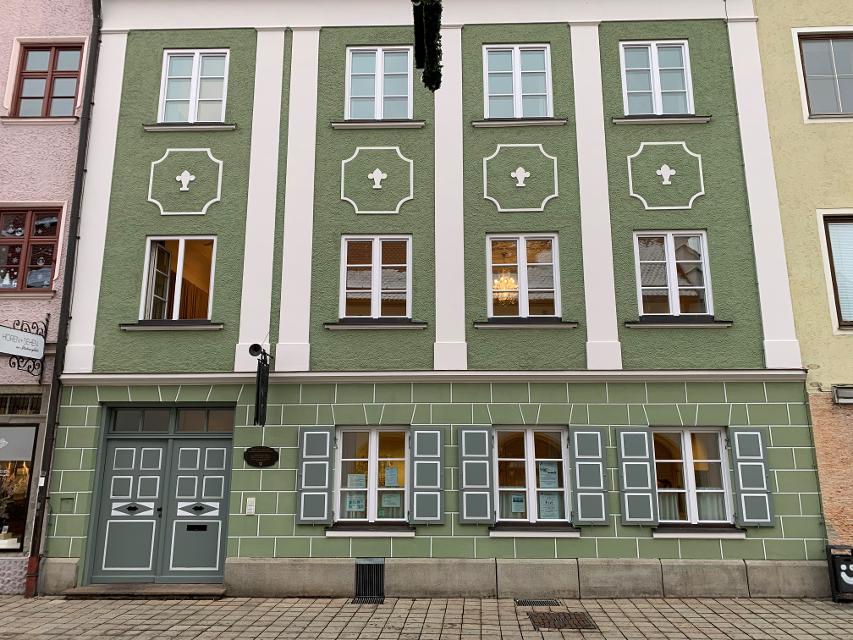
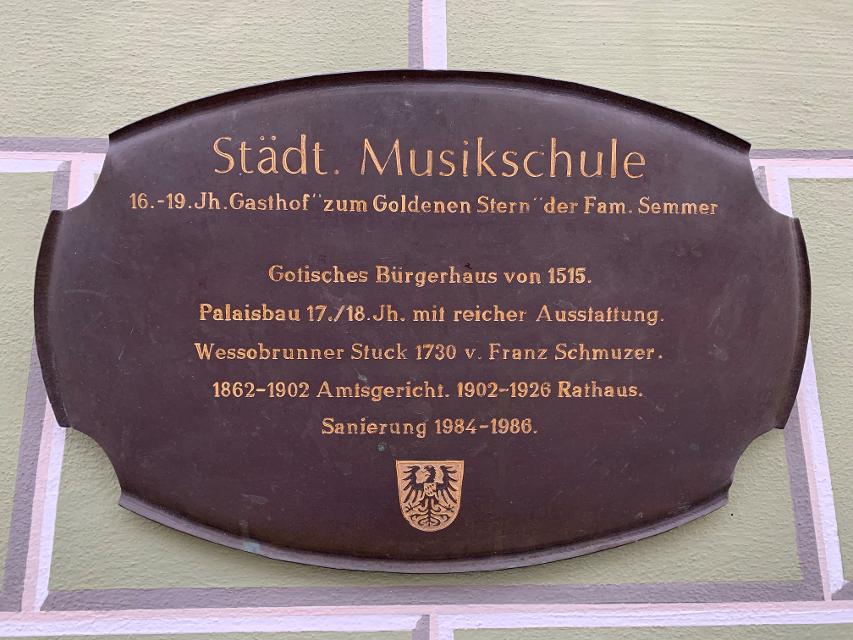



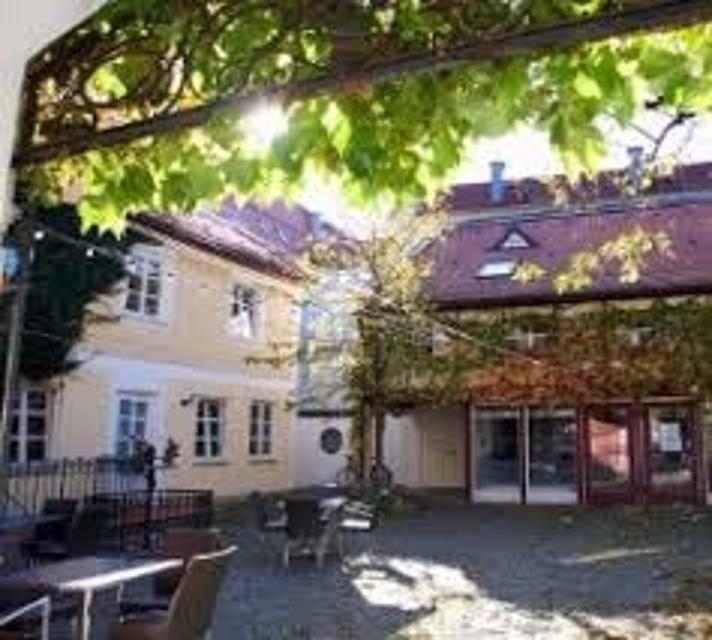
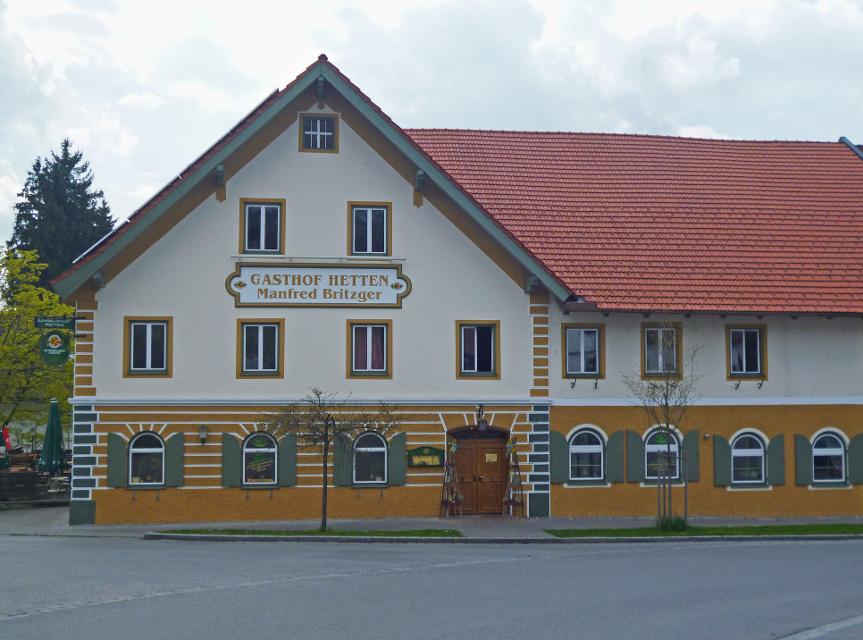
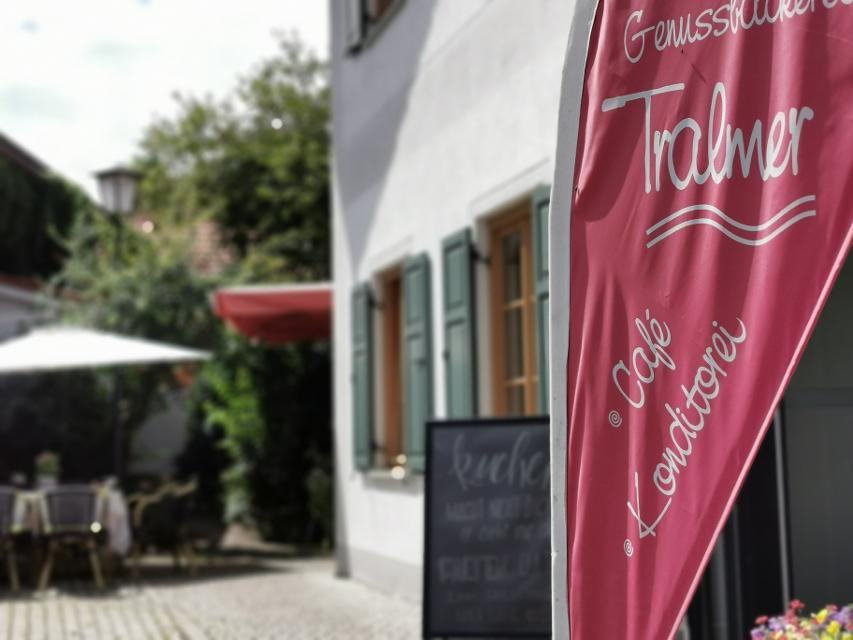

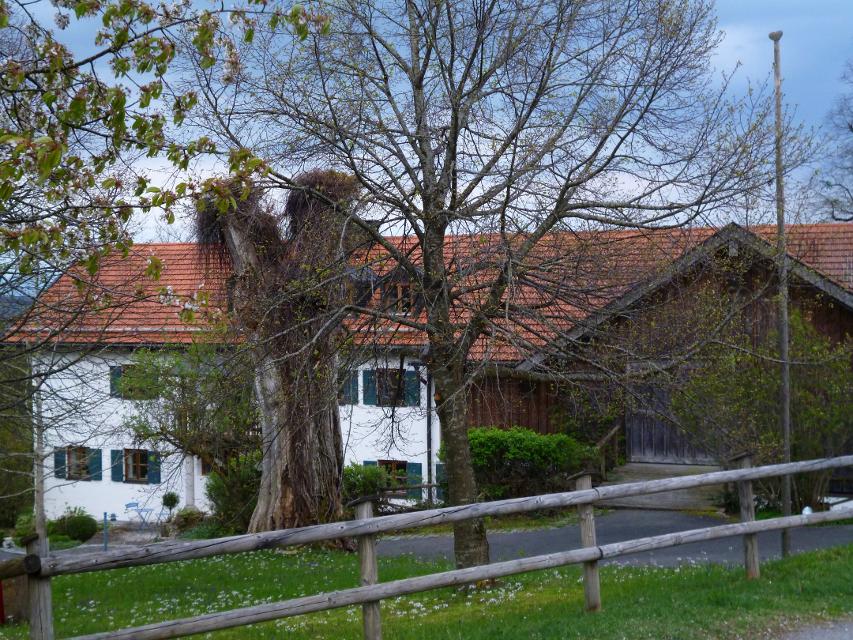 }
}